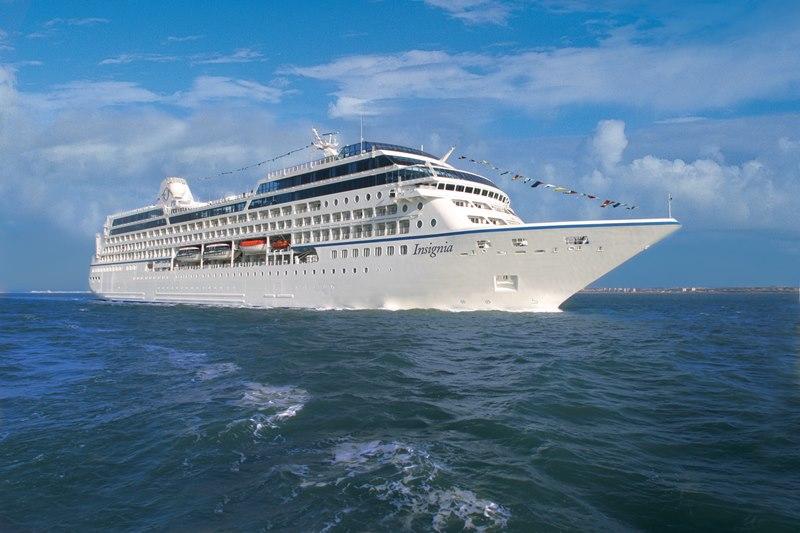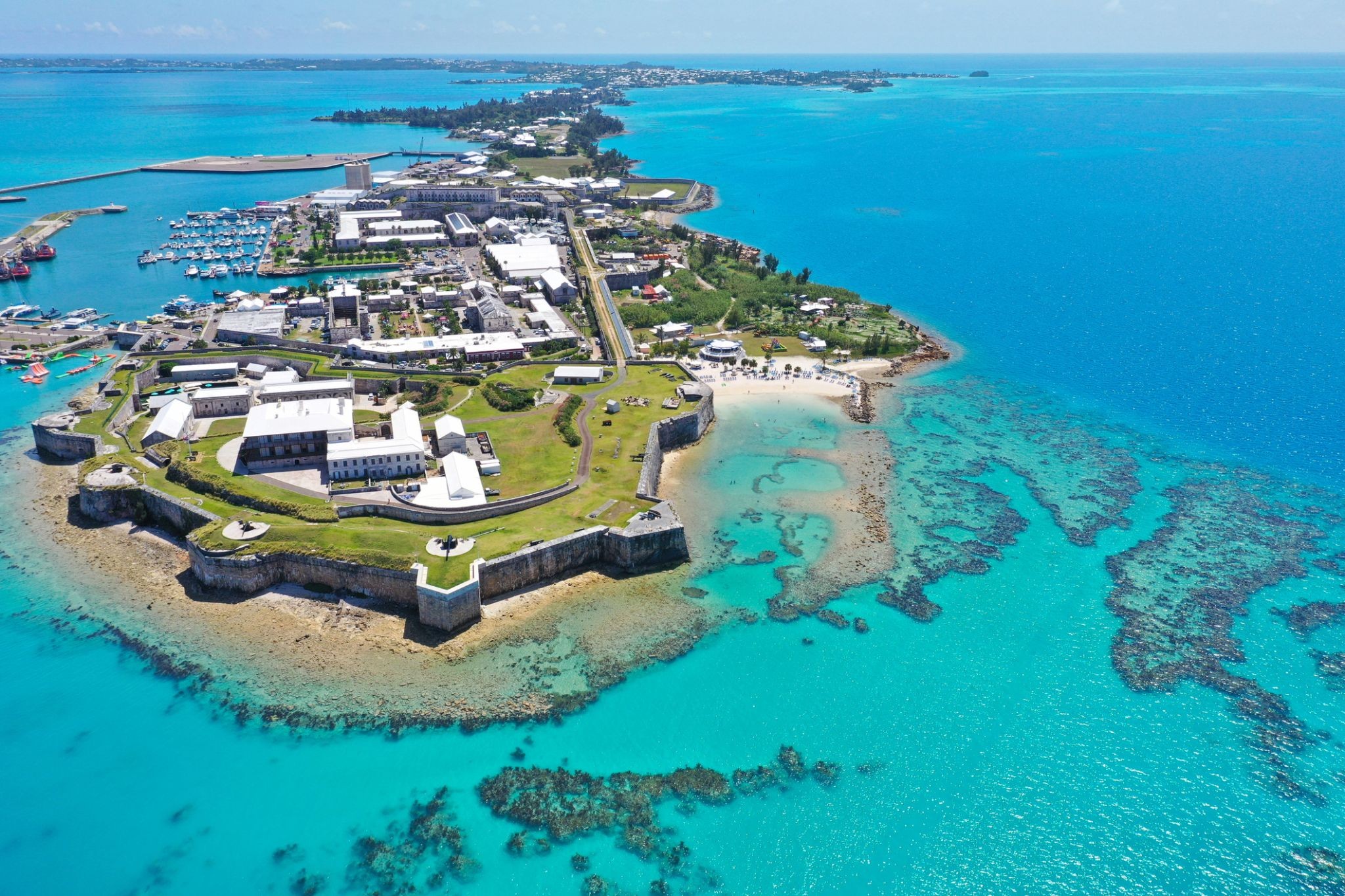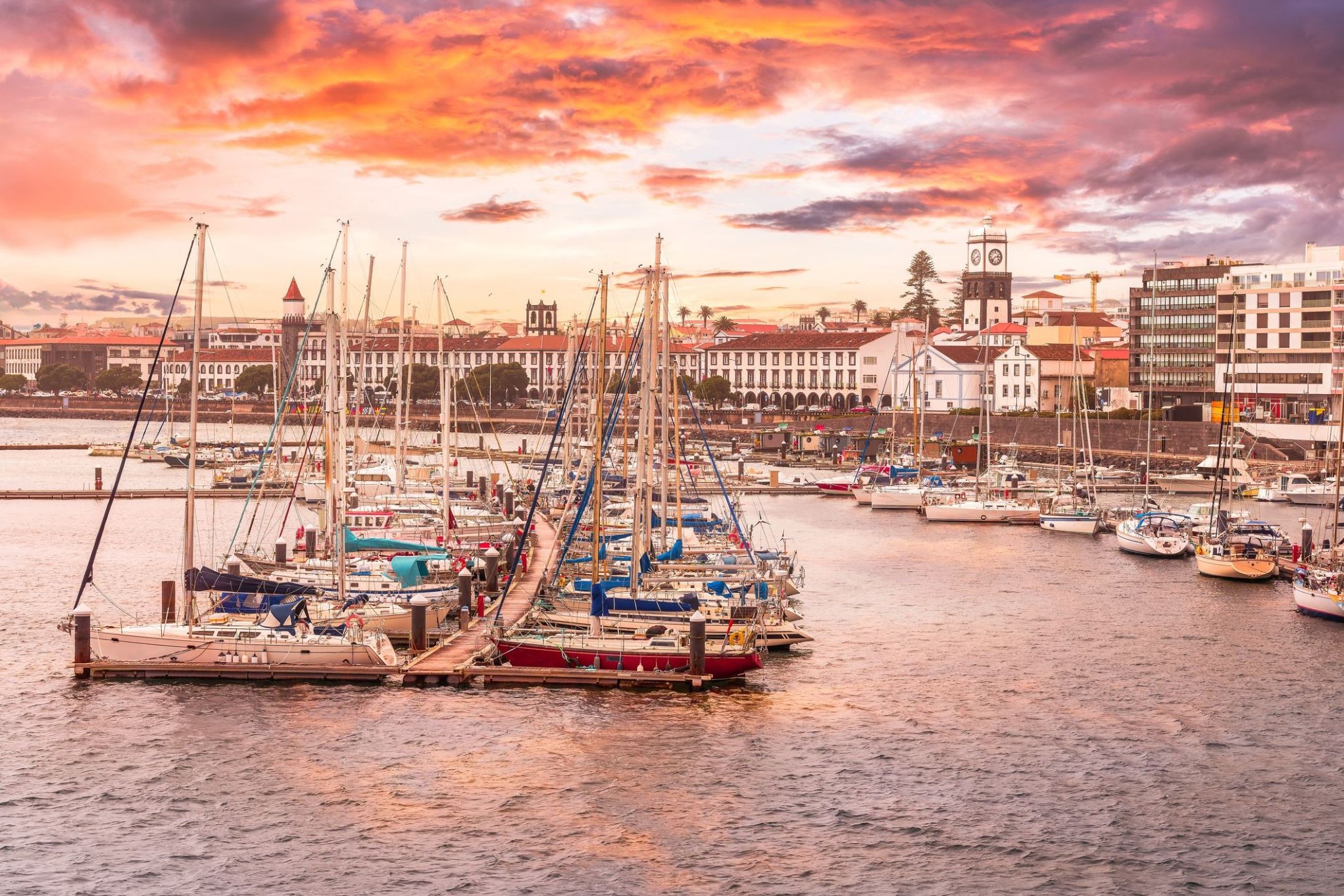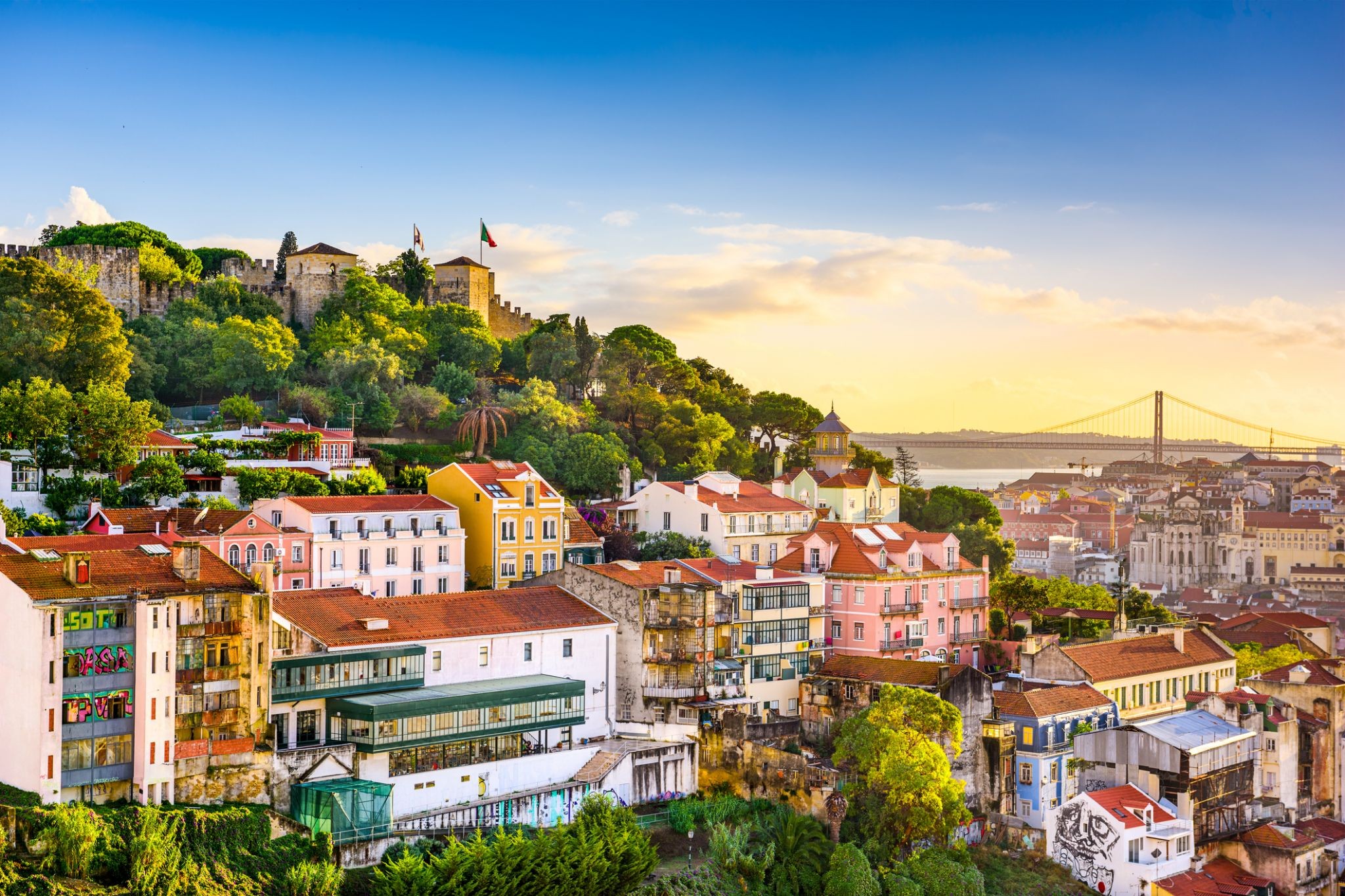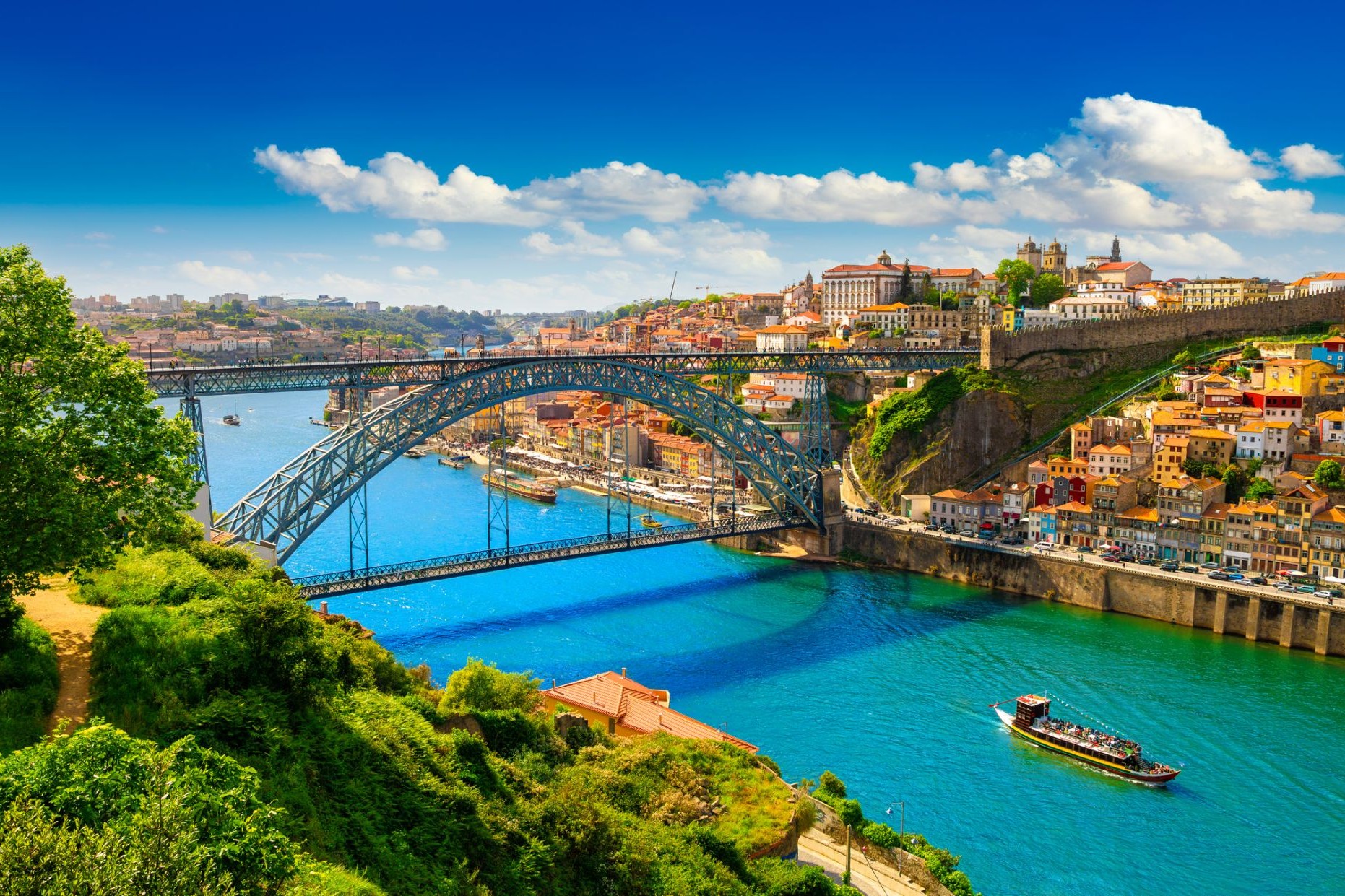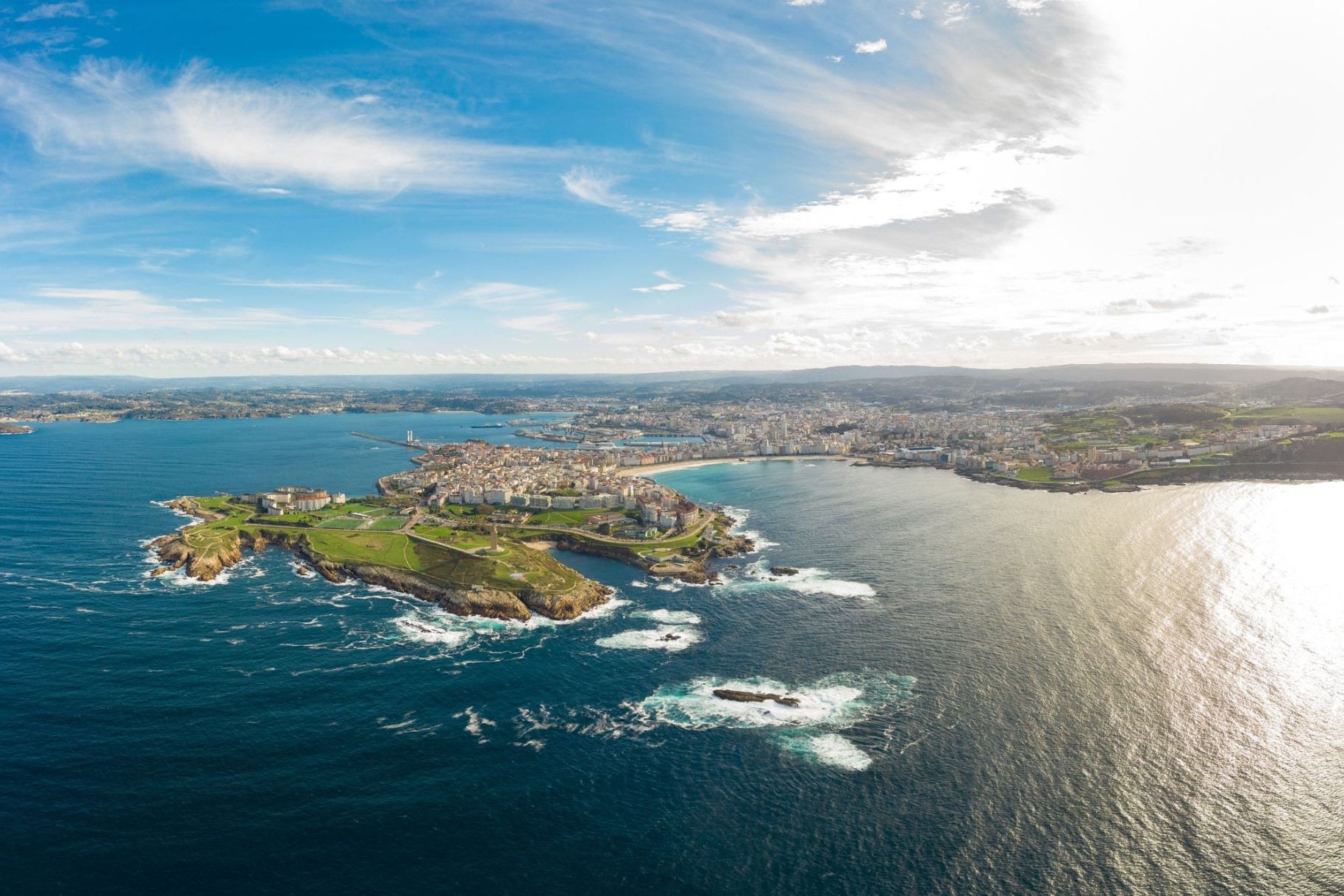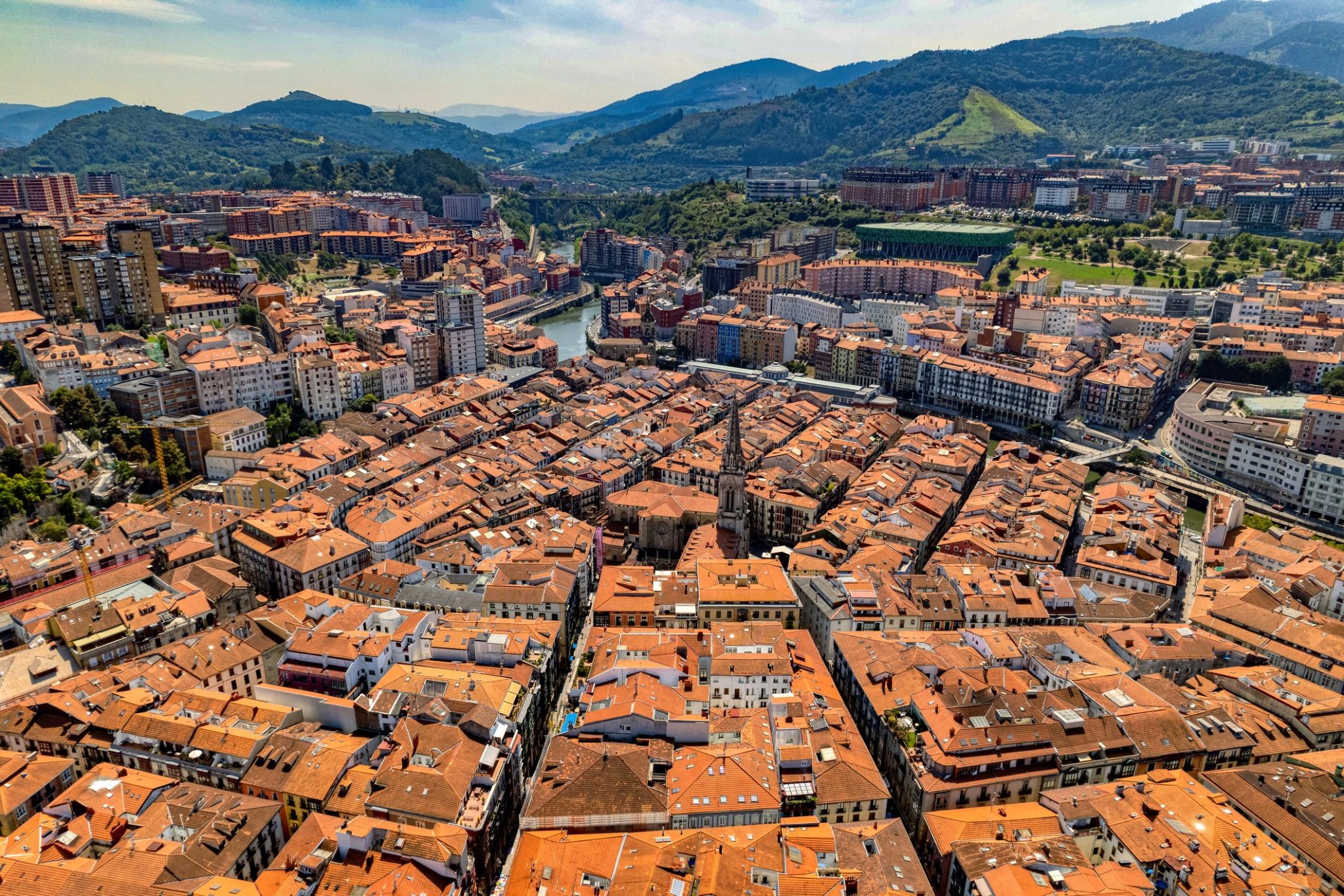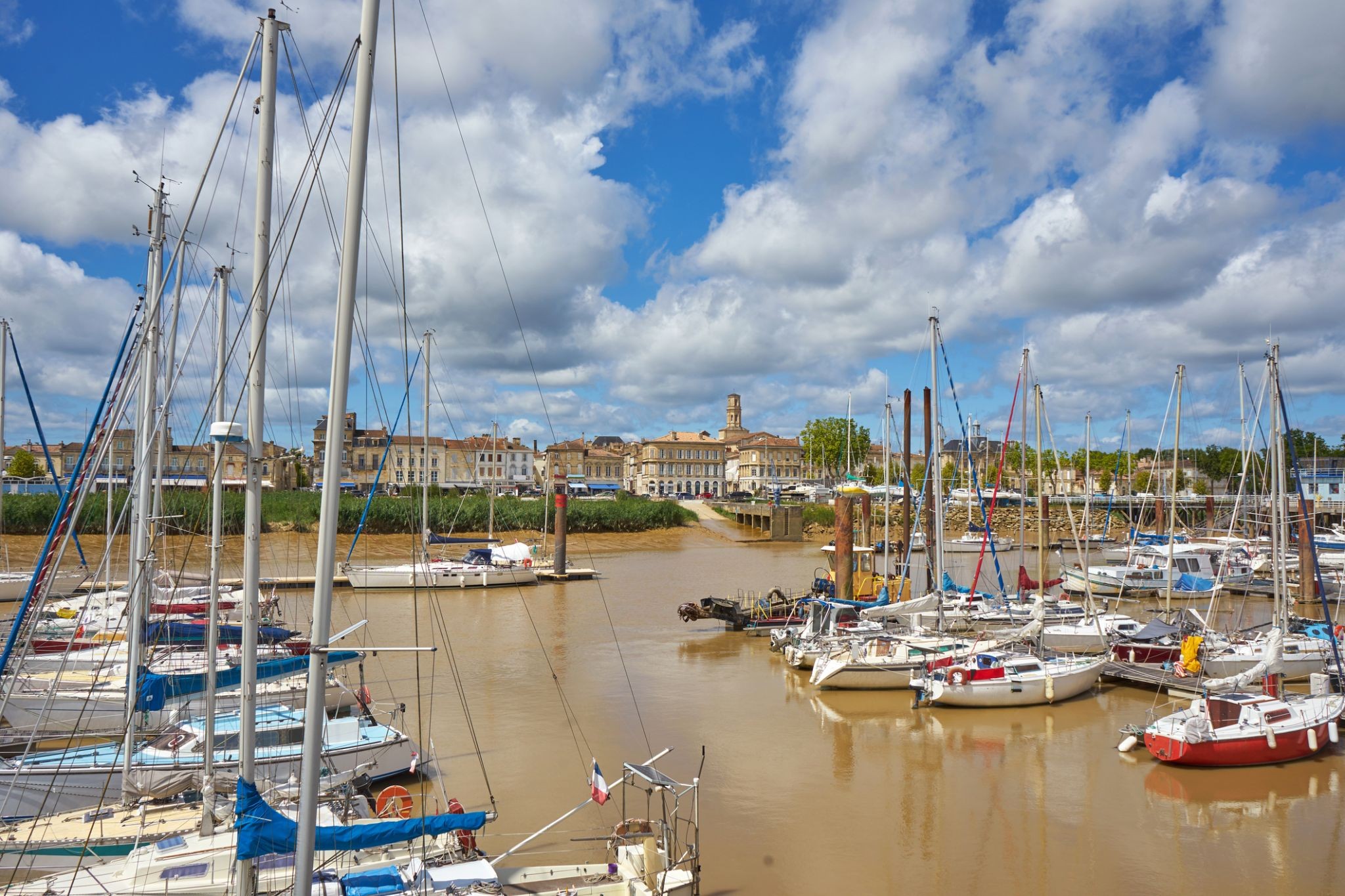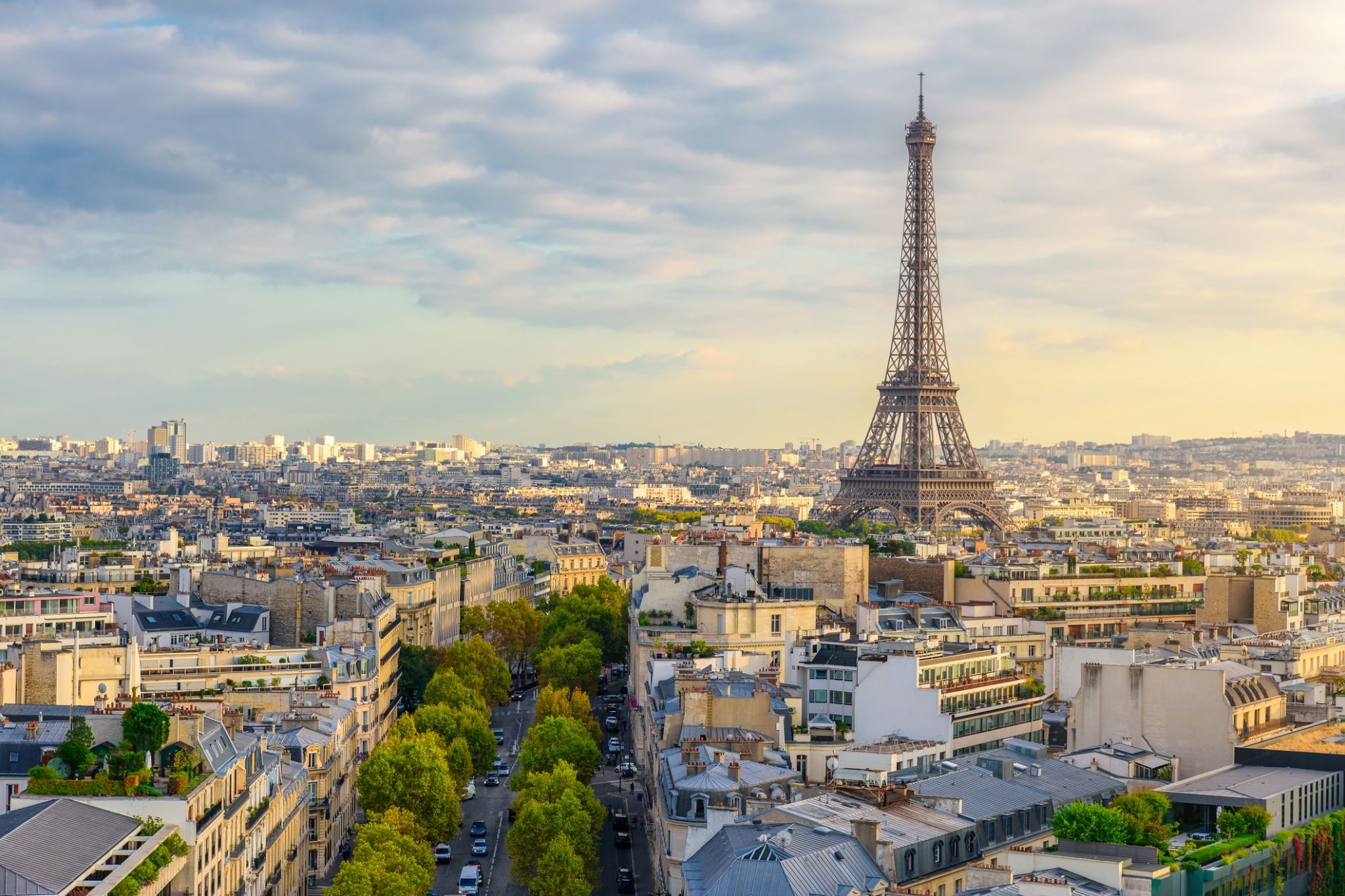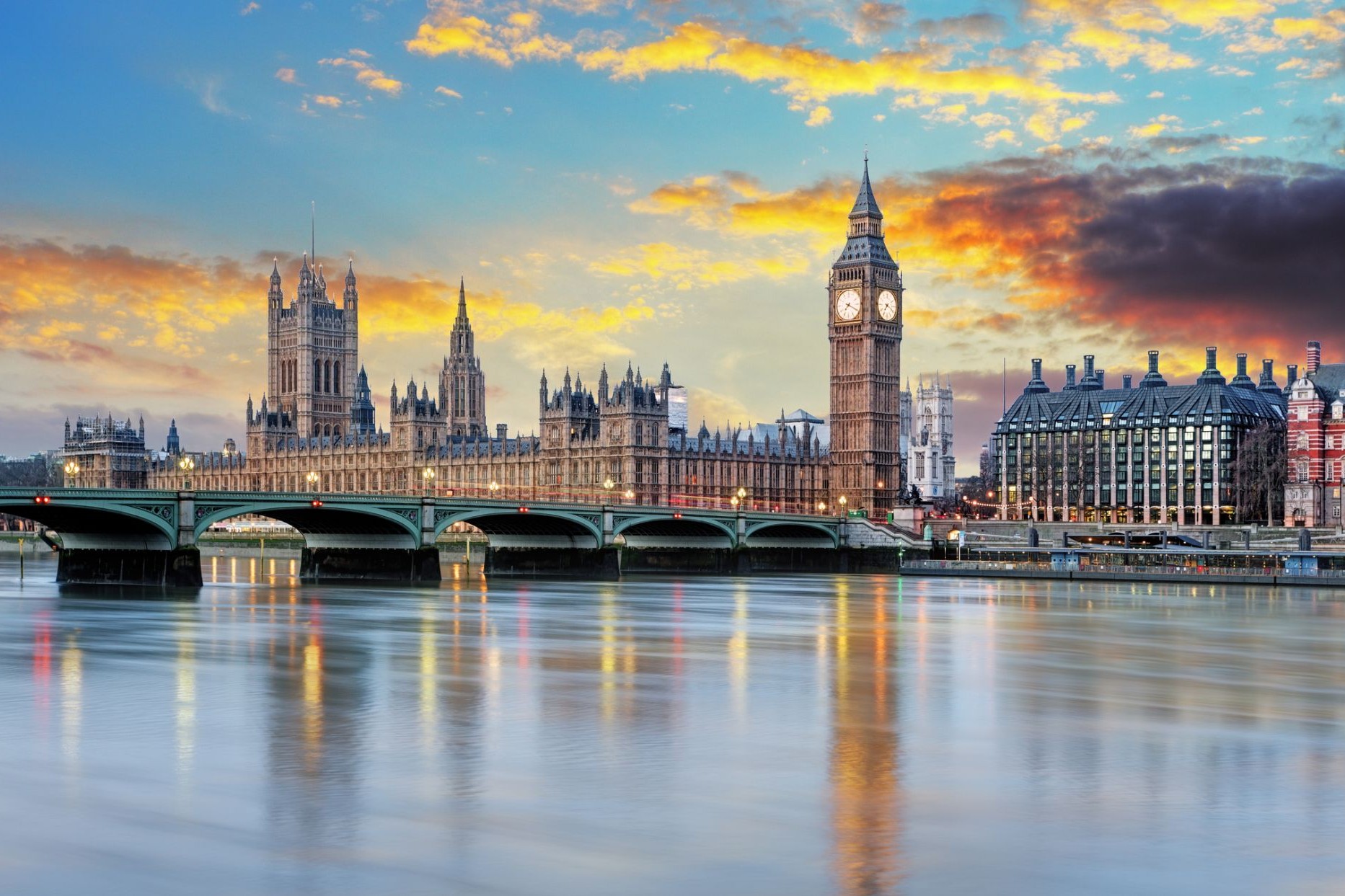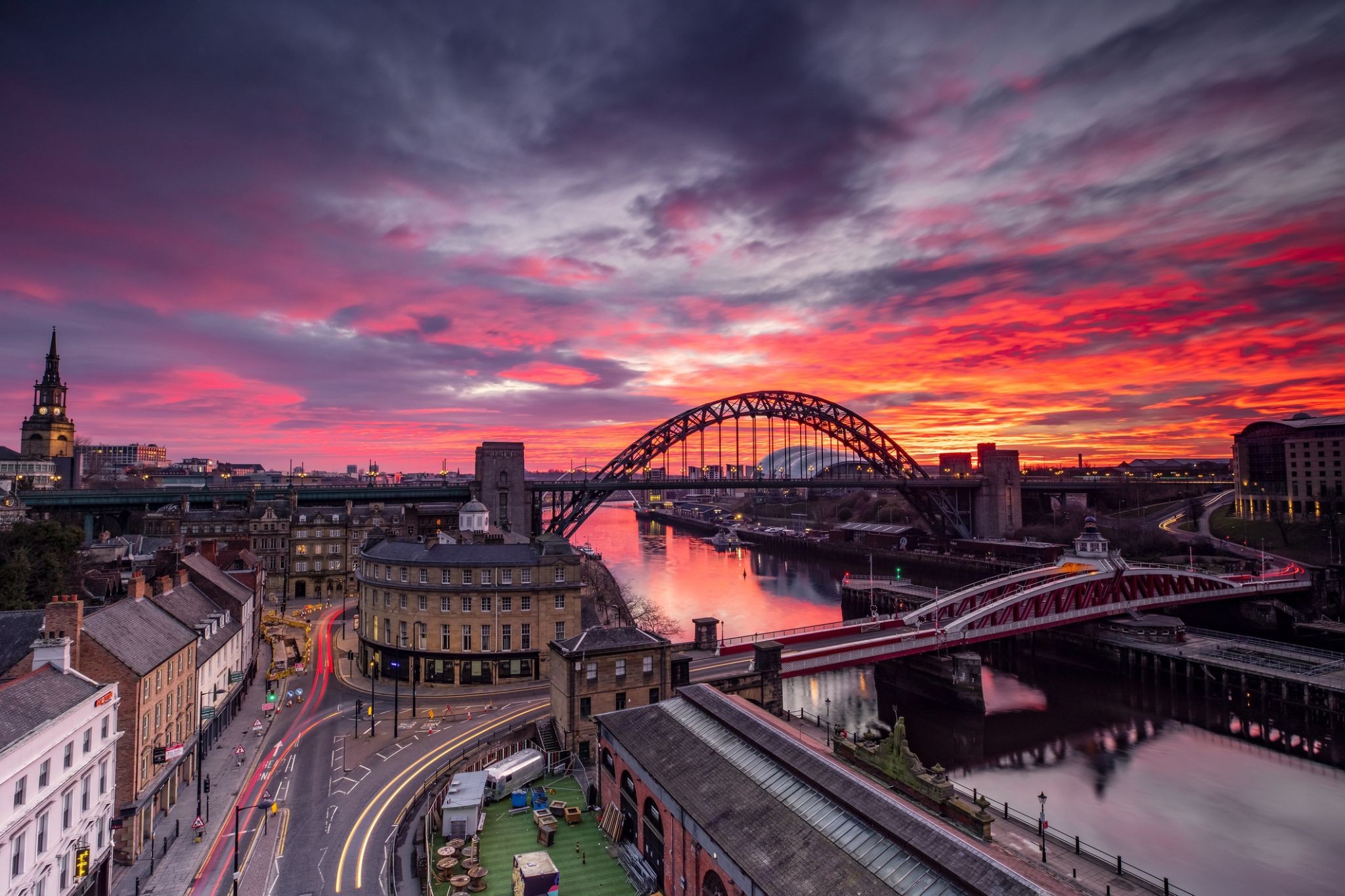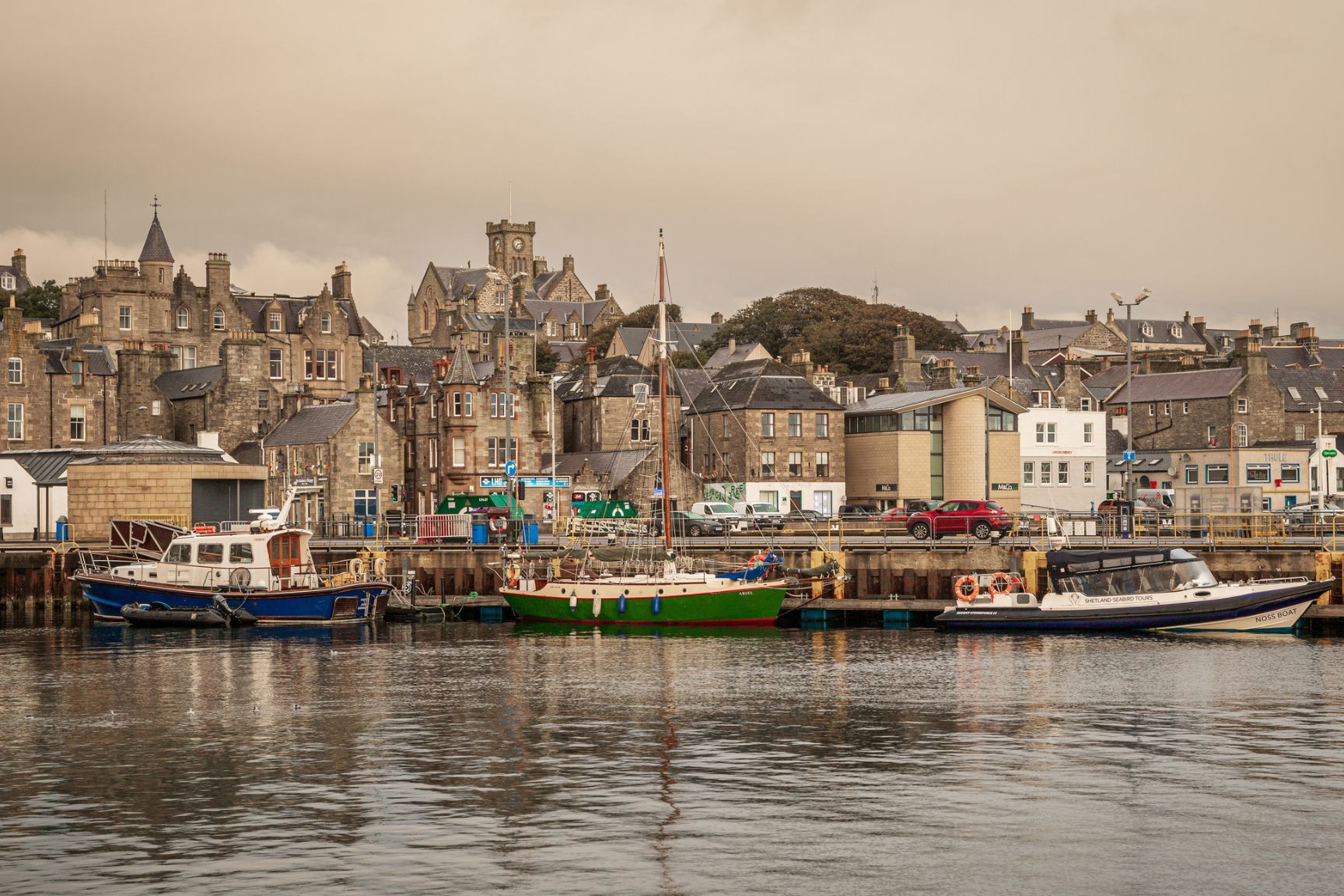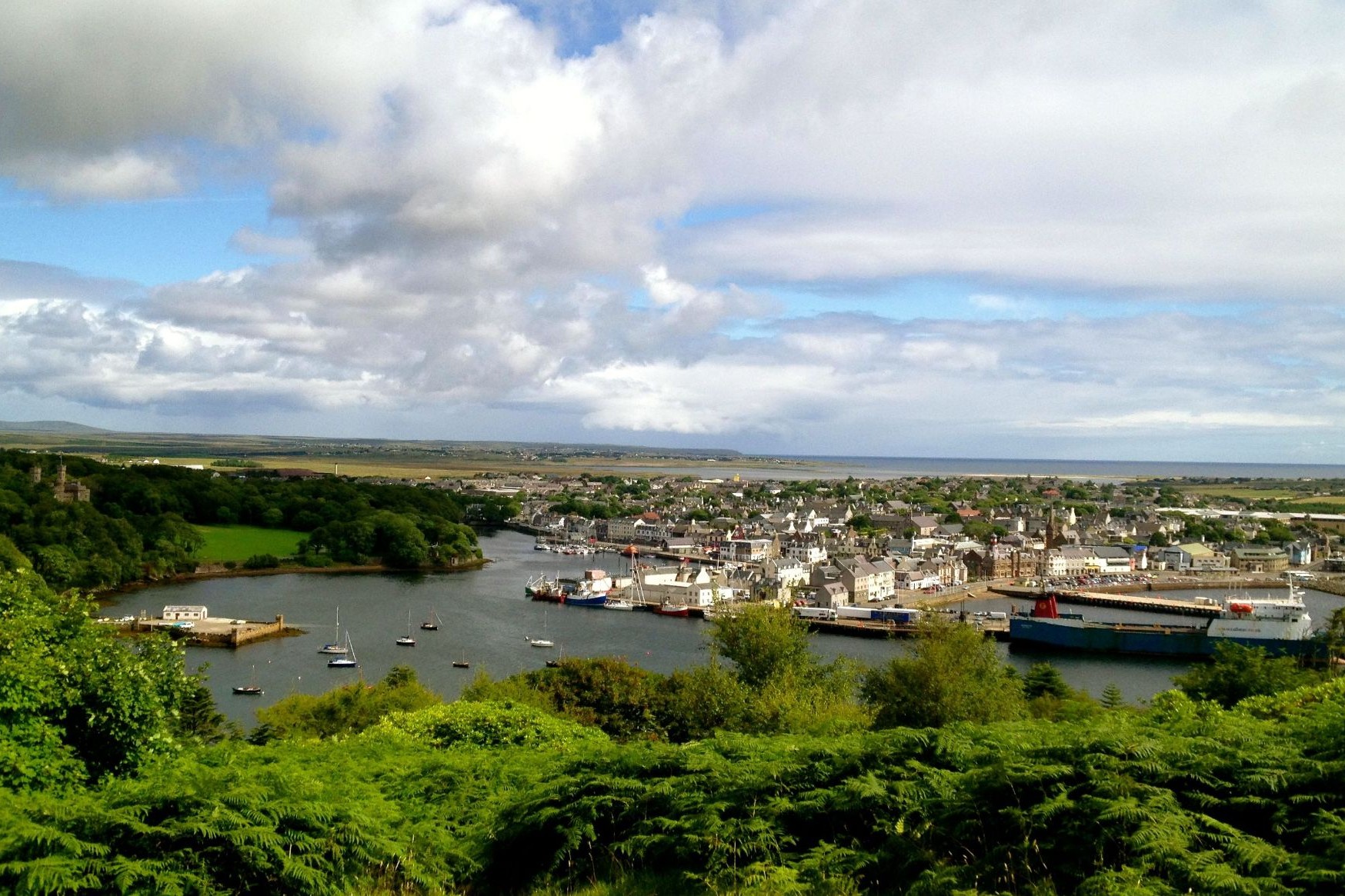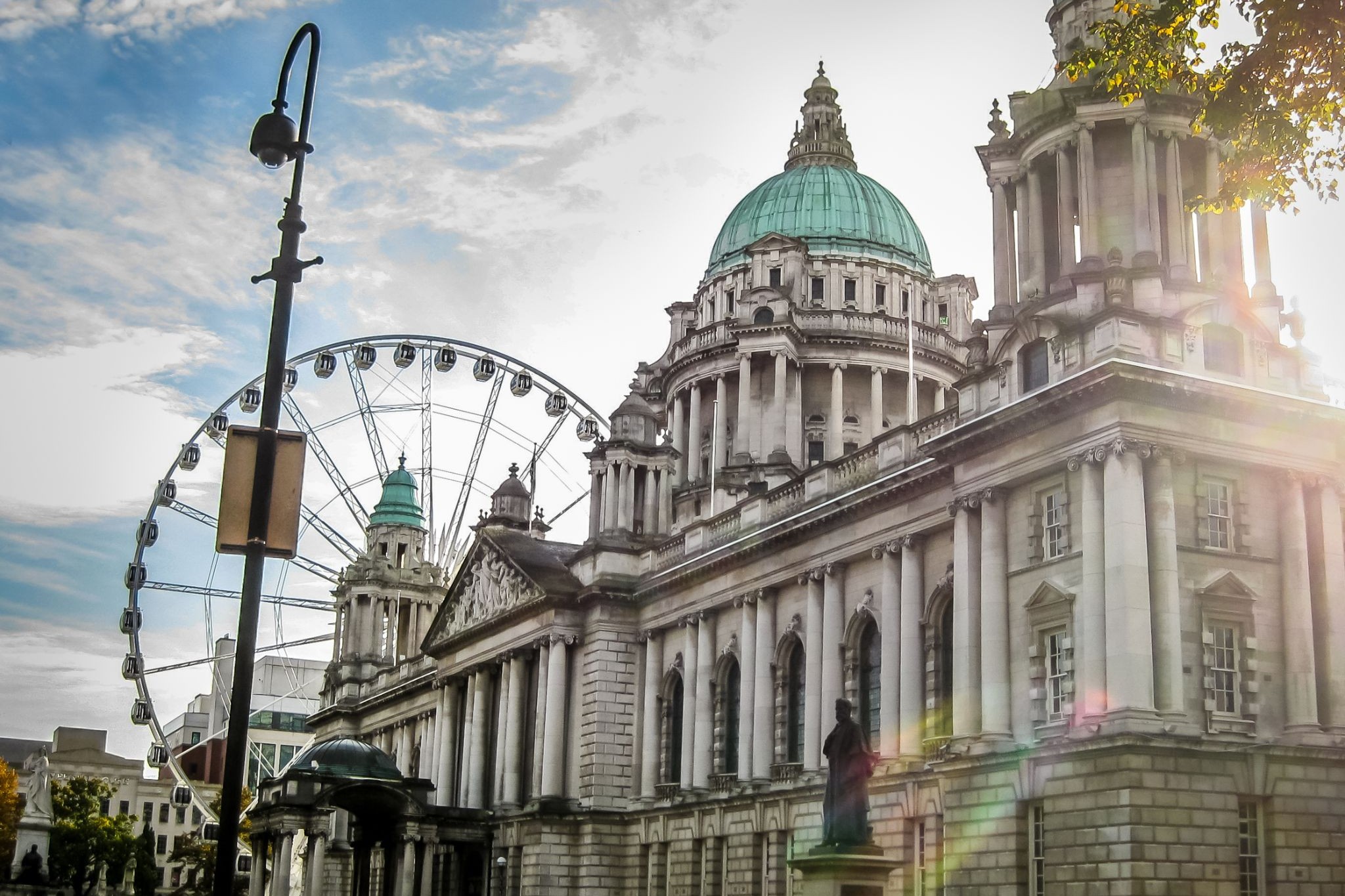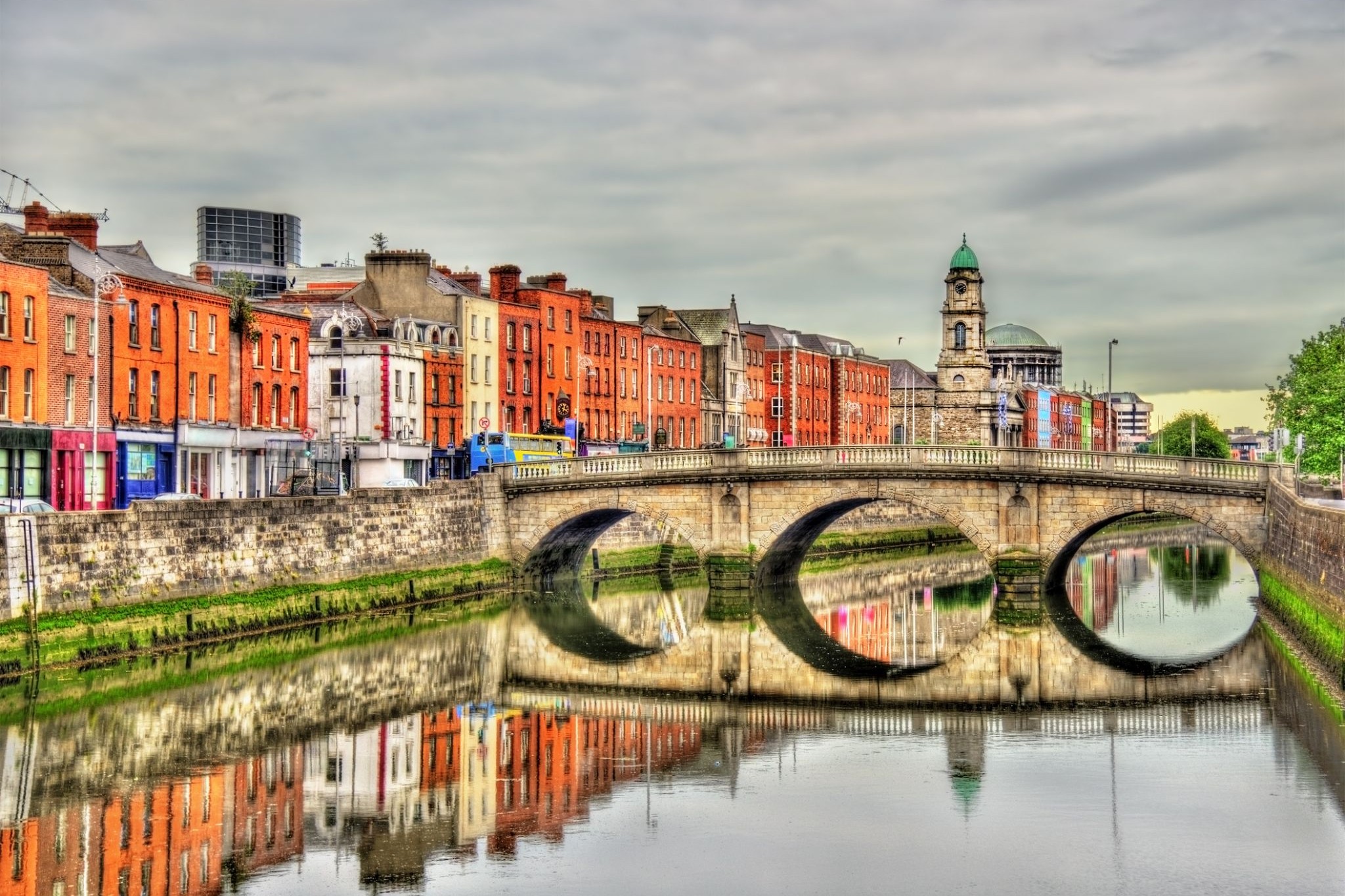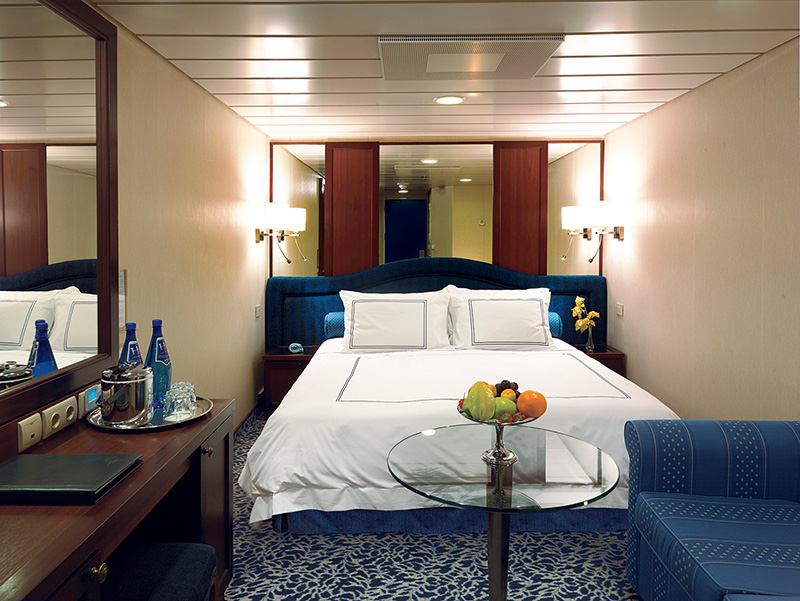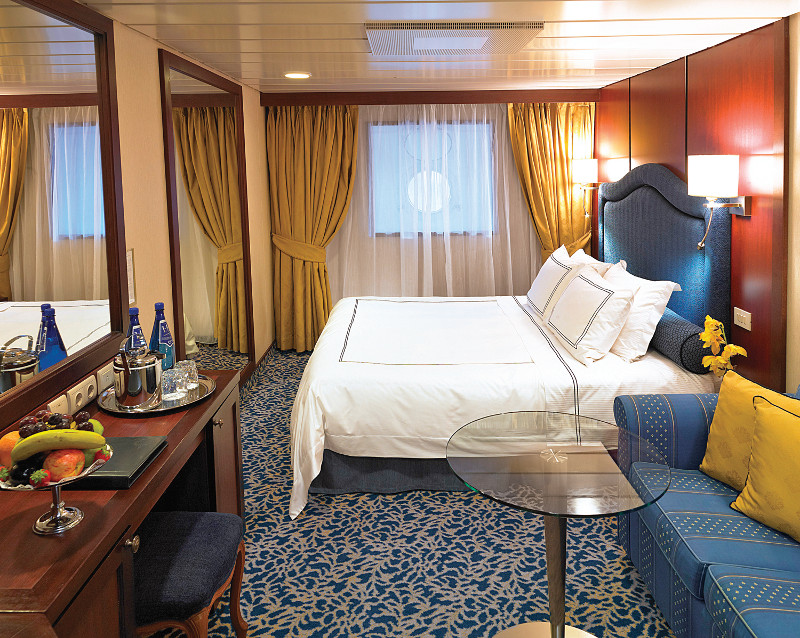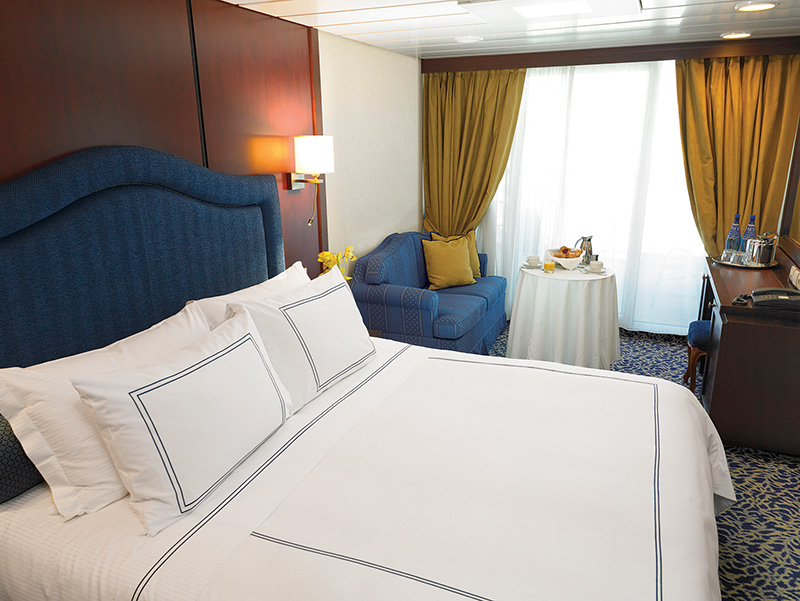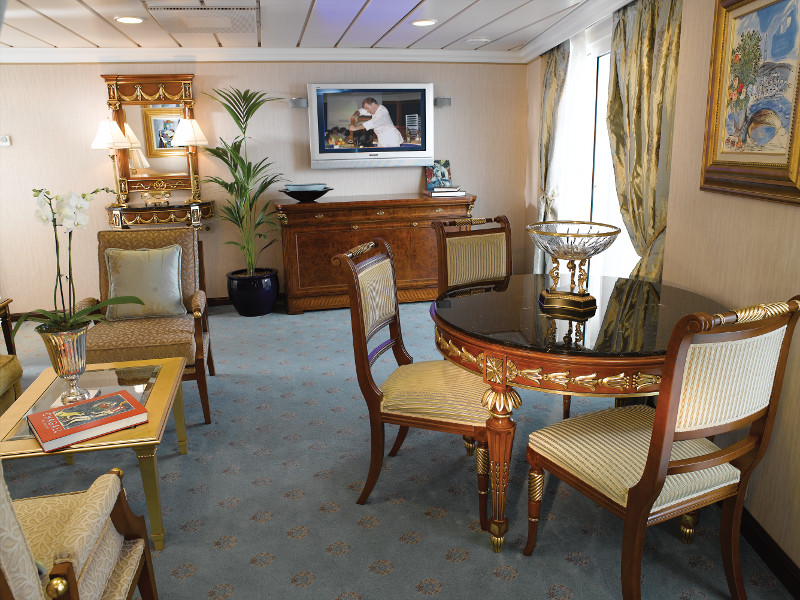Rejs 30 941 150
Epicka podróż do Hibernii
| Region rejsu : Karaiby |
| Firma : Oceania Cruises |
| Statek : Insignia |
| Data rozpoczęcia : pon. 04 maj 2026 |
| Data zakończenia : sob. 06 cze 2026 |
| Liczba nocy : 33 nocy |
Harmonogram
| Dzień | Data | Port | Wypłynięcie | Odpłynięcie |
|---|---|---|---|---|
| 1 | 4.05 pon. | Miami / USA | 07:00 | 17:00 |
| 2 | 5.05 wt. | Dzień na morzu / Morze | ||
| 3 | 6.05 śr. | Dzień na morzu / Morze | ||
| 4 | 7.05 czw. | Stocznia Królewskiej Marynarki Wojennej | 08:00 | 18:00 |
| 5 | 8.05 pt. | Dzień na morzu / Morze | ||
| 6 | 9.05 sob. | Dzień na morzu / Morze | ||
| 7 | 10.05 niedz. | Dzień na morzu / Morze | ||
| 8 | 11.05 pon. | Dzień na morzu / Morze | ||
| 9 | 12.05 wt. | Horta Azory / Azores | 11:00 | 19:00 |
| 10 | 13.05 śr. | Ponta Delgada, San Miguel / Portugalia | 07:00 | 14:00 |
| 11 | 14.05 czw. | Dzień na morzu / Morze | ||
| 12 | 15.05 pt. | Lizbona / Portugalia | 16:00 | |
| 13 | 16.05 sob. | Lizbona / Portugalia | 17:00 | |
| 14 | 17.05 niedz. | Porto / Portugalia | 07:00 | 15:00 |
| 15 | 18.05 pon. | La Coruna / Hiszpania | 07:00 | 16:00 |
| 16 | 19.05 wt. | Bilbao / Hiszpania | 09:00 | 19:00 |
| 17 | 20.05 śr. | Pauillac / Francja | 09:00 | |
| 18 | 21.05 czw. | Pauillac / Francja | 18:00 | |
| 19 | 22.05 pt. | Dzień na morzu / Morze | ||
| 20 | 23.05 sob. | Paryż / Francja | 08:00 | 19:00 |
| 21 | 24.05 niedz. | Dunkirk / Francja | 10:00 | 19:00 |
| 22 | 25.05 pon. | Używany | 07:00 | 16:00 |
| 23 | 26.05 wt. | Londyn / Wielka Brytania | 06:00 | 17:00 |
| 24 | 27.05 śr. | Dzień na morzu / Morze | ||
| 25 | 28.05 czw. | Newcastle / Wielka Brytania | 07:00 | 16:00 |
| 26 | 29.05 pt. | Edynburg / Wielka Brytania | 07:15 | 16:00 |
| 27 | 30.05 sob. | Aberdeen / Wielka Brytania | 07:00 | 18:00 |
| 28 | 31.05 niedz. | Lerwick / Wielka Brytania | 07:00 | 17:30 |
| 29 | 1.06 pon. | Stornoway / Wielka Brytania | 09:00 | 18:00 |
| 30 | 2.06 wt. | Belfast / Wielka Brytania | 11:30 | 21:00 |
| 31 | 3.06 śr. | Dublin / Irlandia | 07:00 | 17:00 |
| 32 | 4.06 czw. | Zatoka (Cork) / Irlandia | 08:00 | 17:00 |
| 33 | 5.06 pt. | Dzień na morzu / Morze | ||
| 34 | 6.06 sob. | Londyn / Wielka Brytania | 06:00 | 17:00 |
-
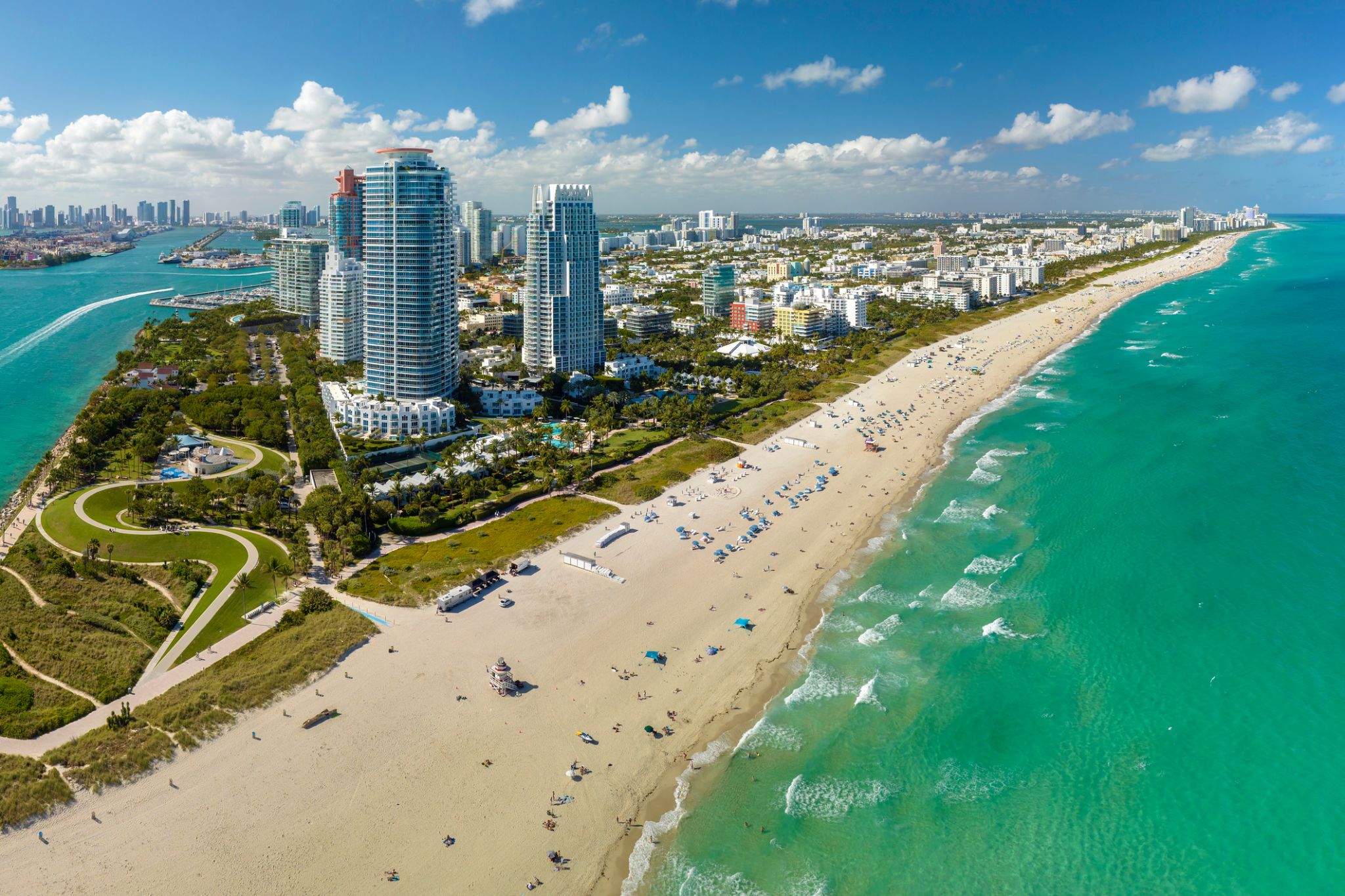 Dzień 1: 07:00-17:00
Dzień 1: 07:00-17:00Miami / USA
Miami, officially the City of Miami, is the cultural, economic and financial center of South Florida. Miami is the seat of Miami-Dade County, the most populous county in Florida. The city covers an area of about 56.6 square miles (147 km2), between the Everglades to the west and Biscayne Bay on the east; with a 2017 estimated population of 463,347, Miami is the sixth most densely populated major city in the United States. The Miami metropolitan area is home to 6.1 million people and the seventh-largest metropolitan area in the nation. Miami's metro area is the second-most populous metropolis in the southeastern United States and fourth-largest urban area in the U.S.
Miami is a major center, and a leader in finance, commerce, culture, media, entertainment, the arts, and international trade. The Miami Metropolitan Area is by far the largest urban economy in Florida and the 12th largest in the United States with a GDP of $344.9 billion as of 2017. In 2012, Miami was classified as an "Alpha−" level world city in the World Cities Study Group's inventory. In 2010, Miami ranked seventh in the United States and 33rd among global cities in terms of business activity, human capital, information exchange, cultural experience, and political engagement. In 2008, Forbes magazine ranked Miami "America's Cleanest City", for its year-round good air quality, vast green spaces, clean drinking water, clean streets, and citywide recycling programs. According to a 2009 UBS study of 73 world cities, Miami was ranked as the richest city in the United States, and the world's seventh-richest city in terms of purchasing power. Miami is nicknamed the "Capital of Latin America" and is the largest city with a Cuban-American plurality.
Greater Downtown Miami has one of the largest concentrations of international banks in the United States, and is home to many large national and international companies. The Civic Center is a major center for hospitals, research institutes, medical centers, and biotechnology industries. For more than two decades, the Port of Miami, known as the "Cruise Capital of the World", has been the number one cruise passenger port in the world. It accommodates some of the world's largest cruise ships and operations, and is the busiest port in both passenger traffic and cruise lines. Metropolitan Miami is also a major tourism hub in the southeastern U.S. for international visitors, ranking number two in the country after New York City.
-
 Dzień 2:
Dzień 2:Dzień na morzu / Morze
-
 Dzień 3:
Dzień 3:Dzień na morzu / Morze
-
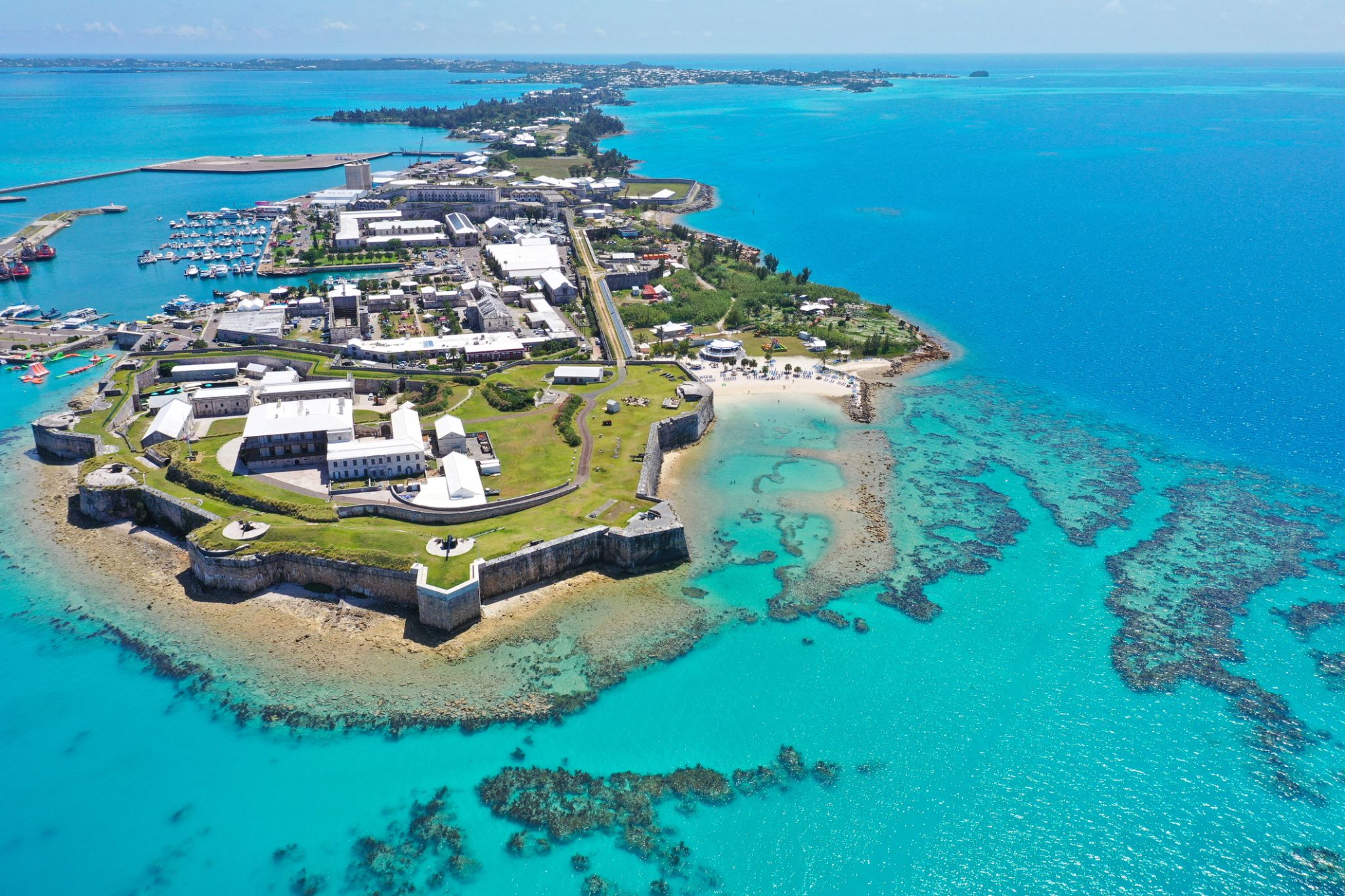 Dzień 4: 08:00-18:00
Dzień 4: 08:00-18:00Stocznia Królewskiej Marynarki Wojennej
-
 Dzień 5:
Dzień 5:Dzień na morzu / Morze
-
 Dzień 6:
Dzień 6:Dzień na morzu / Morze
-
 Dzień 7:
Dzień 7:Dzień na morzu / Morze
-
 Dzień 8:
Dzień 8:Dzień na morzu / Morze
-
 Dzień 9: 11:00-19:00
Dzień 9: 11:00-19:00Horta Azory / Azores
-
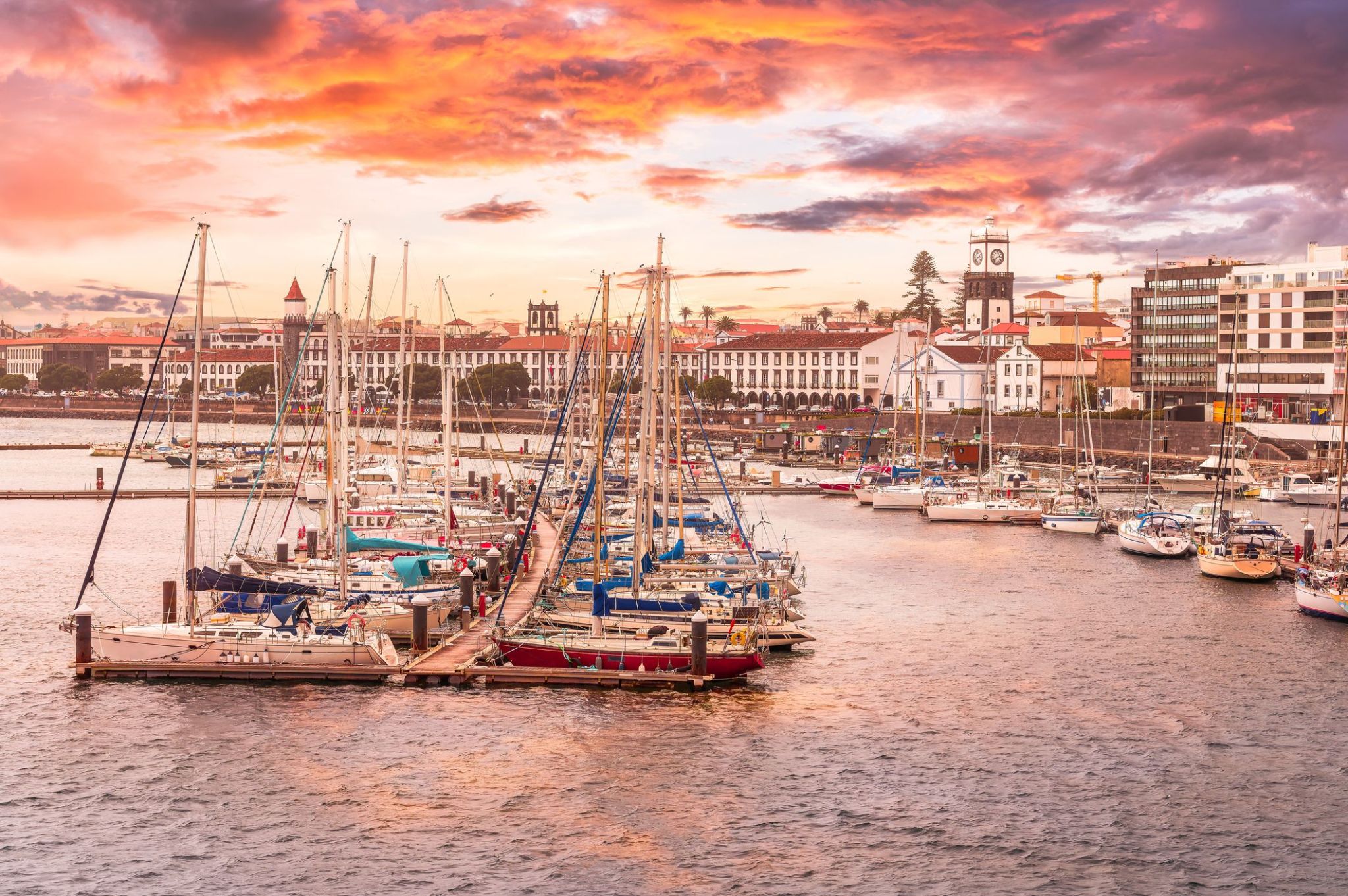 Dzień 10: 07:00-14:00
Dzień 10: 07:00-14:00Ponta Delgada, San Miguel / Portugalia
Ponta Delgada is the largest municipality and economic capital of the Autonomous Region of the Azores in Portugal. It is located on São Miguel Island, the largest and most populous in the archipelago. The population in 2011 was 68,809, in an area of 232.99 square kilometres (89.96 square miles). There are 17,629 residents in the three central civil parishes that comprise the historical city: São Pedro, São Sebastião, and São José. Ponta Delgada became the region's administrative capital under the revised constitution of 1976; the judiciary and Catholic see remained in the historical capital of Angra do Heroísmo while the Legislative Assembly of the Azores was established in Horta.
-
 Dzień 11:
Dzień 11:Dzień na morzu / Morze
-
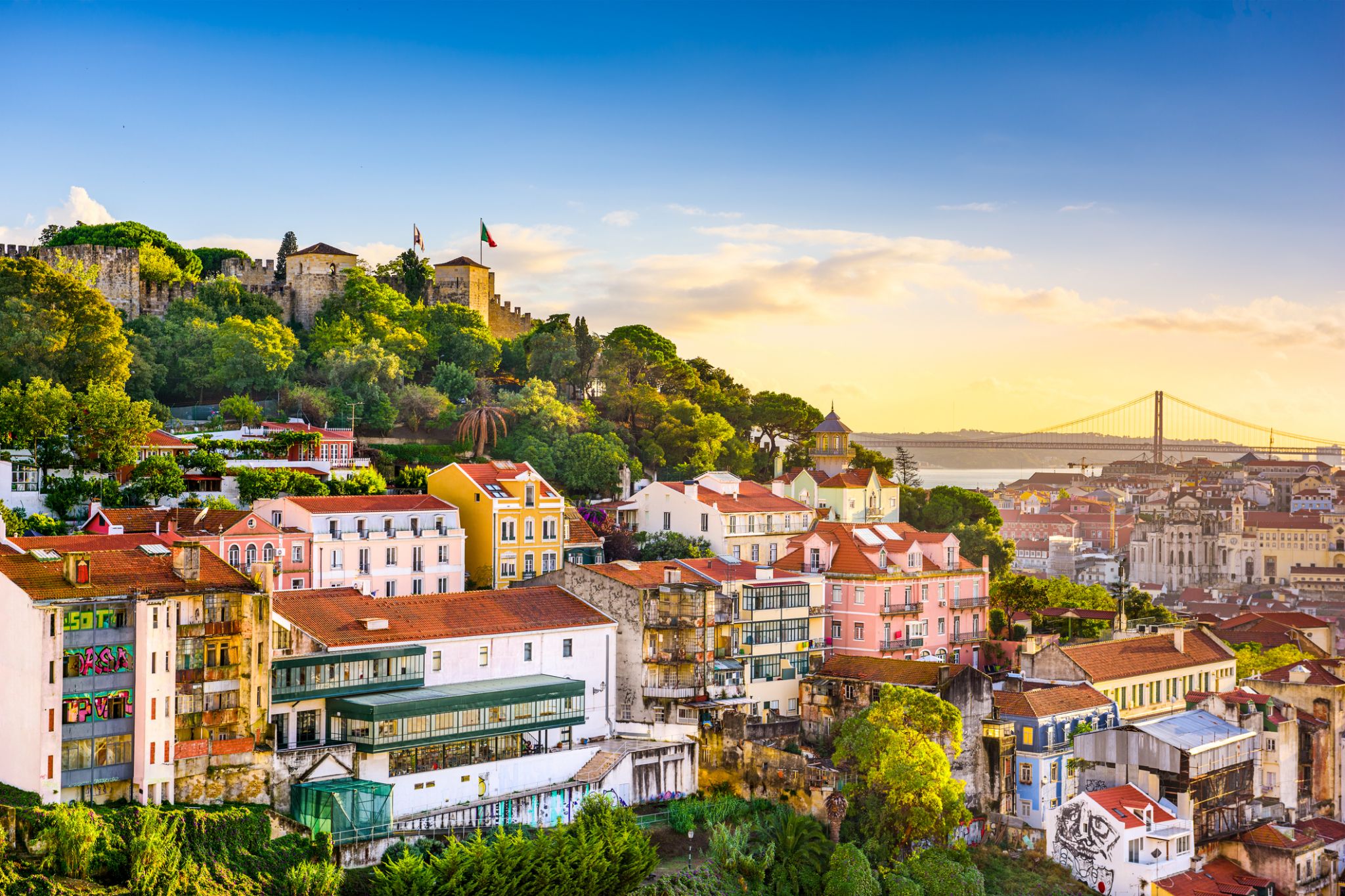 Dzień 12: 16:00
Dzień 12: 16:00Lizbona / Portugalia
Lizbona jest stolicą i największym miastem Portugalii, z szacowaną populacją 505 526 mieszkańców w granicach administracyjnych na obszarze 100,05 km². Jej obszar miejski rozciąga się poza granice administracyjne miasta i liczy około 2,8 miliona mieszkańców, co czyni go jedenastym najbardziej zaludnionym obszarem miejskim w Unii Europejskiej. Około 3 milionów ludzi mieszka w aglomeracji lizbońskiej (która stanowi około 27% populacji kraju). Jest to najbardziej wysunięta na zachód stolica kontynentalnej Europy i jedyna położona nad Oceanem Atlantyckim. Lizbona leży na zachodnim Półwyspie Iberyjskim nad Oceanem Atlantyckim i rzeką Tag. Najbardziej wysunięte na zachód obszary jej aglomeracji tworzą najbardziej wysunięty na zachód punkt kontynentalnej Europy, znany jako Cabo da Roca, położony w górach Sintra.
-
 Dzień 13: 17:00
Dzień 13: 17:00Lizbona / Portugalia
Lizbona jest stolicą i największym miastem Portugalii, z szacowaną populacją 505 526 mieszkańców w granicach administracyjnych na obszarze 100,05 km². Jej obszar miejski rozciąga się poza granice administracyjne miasta i liczy około 2,8 miliona mieszkańców, co czyni go jedenastym najbardziej zaludnionym obszarem miejskim w Unii Europejskiej. Około 3 milionów ludzi mieszka w aglomeracji lizbońskiej (która stanowi około 27% populacji kraju). Jest to najbardziej wysunięta na zachód stolica kontynentalnej Europy i jedyna położona nad Oceanem Atlantyckim. Lizbona leży na zachodnim Półwyspie Iberyjskim nad Oceanem Atlantyckim i rzeką Tag. Najbardziej wysunięte na zachód obszary jej aglomeracji tworzą najbardziej wysunięty na zachód punkt kontynentalnej Europy, znany jako Cabo da Roca, położony w górach Sintra.
-
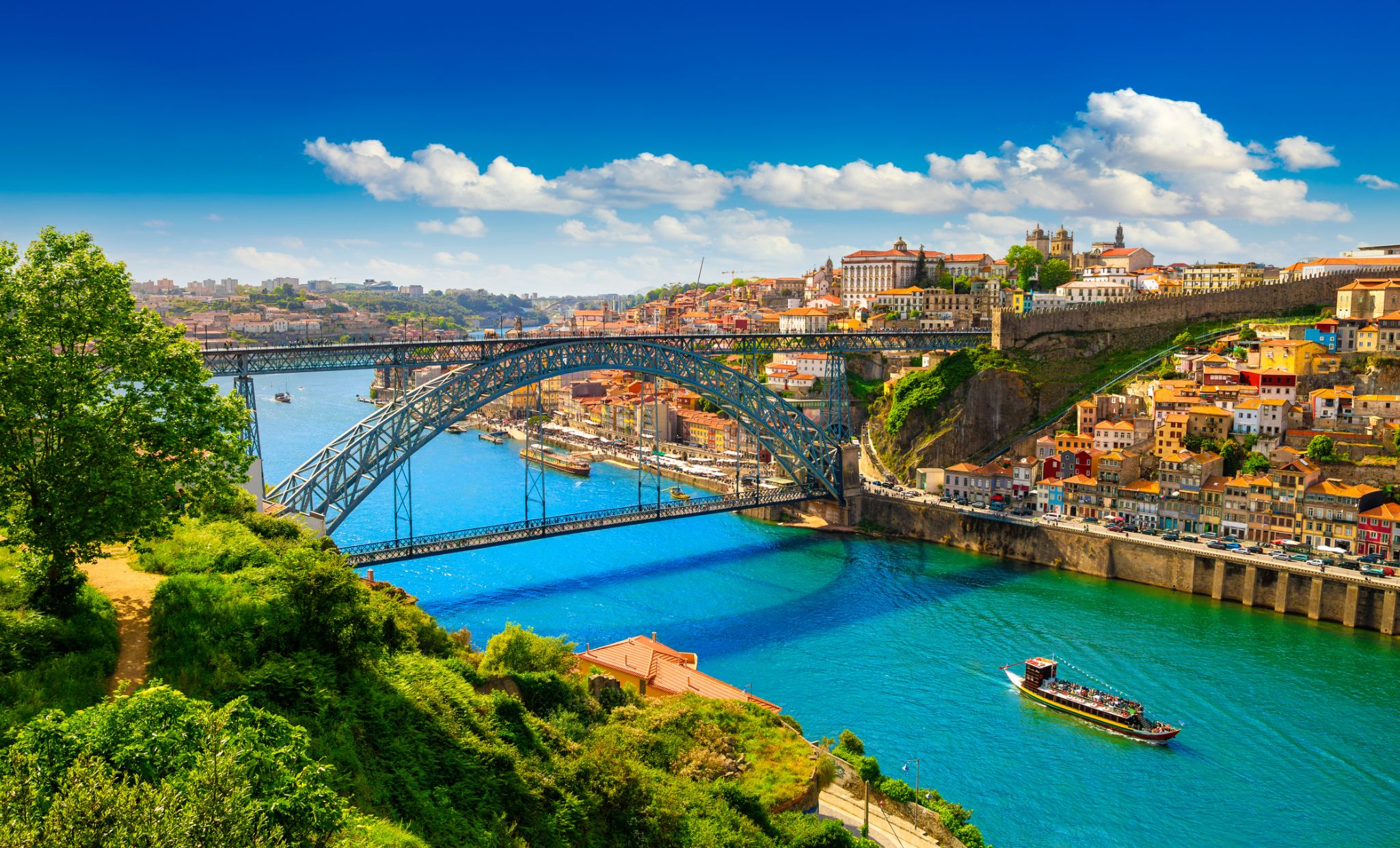 Dzień 14: 07:00-15:00
Dzień 14: 07:00-15:00Porto / Portugalia
Порту является вторым по величине городом Португалии после Лиссабона и одним из крупных городских районов Пиренейского полуострова. Население самого города составляет 237 591 человек, а в столичном районе Порту, который выходит за административные пределы города, проживает 1,9 миллиона человек (2011 год) на площади 2 395 км2 (925 кв. Миль), что делает его вторым самый большой городской район в Португалии. Он признан глобальным городом гамма-уровня Исследовательской группой по глобализации и глобальным городам (GaWC), единственным португальским городом, кроме Лиссабона, который был признан глобальным городом.
Расположенный вдоль устья реки Дору на севере Португалии, Порту является одним из старейших европейских центров, и его историческое ядро было объявлено ЮНЕСКО объектом Всемирного наследия в 1996 году. Западная часть его городской территории простирается до береговой линии Атлантического океана. Его поселение датируется много веков, когда он был форпостом Римской империи. Его объединенное кельтско-латинское имя, Portus Cale, было названо происхождением названия «Португалия», основанного на транслитерации и устной эволюции от латыни. На португальском языке название города пишется с определенной статьей о Порту ; следовательно, его английское название произошло от неправильного толкования устного произношения и упоминается как Опорто в современной литературе и многими ораторами.
-
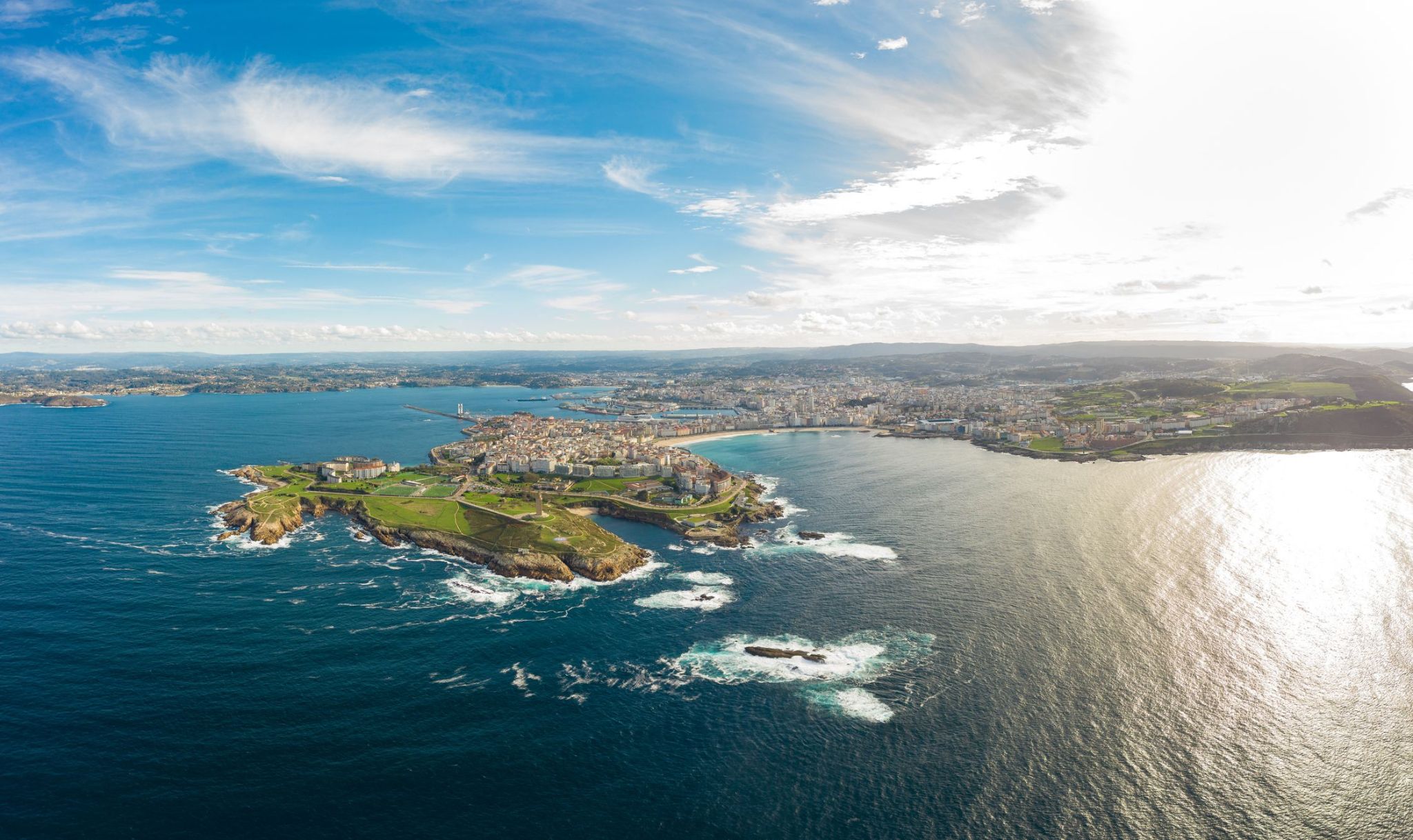 Dzień 15: 07:00-16:00
Dzień 15: 07:00-16:00La Coruna / Hiszpania
A Coruña is a city and municipality of Galicia, Spain. It is the second most populated city in the autonomous community and seventeenth overall in the country. The city is the provincial capital of the province of the same name, having also served as political capital of the Kingdom of Galicia from the 16th to the 19th centuries, and as a regional administrative centre between 1833 and 1982, before being replaced by Santiago de Compostela.
A Coruña is a busy port located on a promontory in the Golfo Ártabro, a large gulf on the Atlantic Ocean. It provides a distribution point for agricultural goods from the region.
-
 Dzień 16: 09:00-19:00
Dzień 16: 09:00-19:00Bilbao / Hiszpania
Bilbao is a city in northern Spain, the largest city in the province of Biscay and in the Basque Country as a whole. It is also the largest city proper in northern Spain. Bilbao is the tenth largest city in Spain, with a population of 345,141 as of 2015. The Bilbao metropolitan area has roughly 1 million inhabitants, making it one of the most populous metropolitan areas in northern Spain; with a population of 875,552 the comarca of Greater Bilbao is the fifth-largest urban area in Spain. Bilbao is also the main urban area in what is defined as the Greater Basque region.
Bilbao is situated in the north-central part of Spain, some 16 kilometres (10 mi) south of the Bay of Biscay, where the economic social development is located, where the estuary of Bilbao is formed. Its main urban core is surrounded by two small mountain ranges with an average elevation of 400 metres (1,300 ft). Its climate is shaped by the Bay of Biscay low-pressure systems and mild air, moderating summer temperatures by Iberian standards, with low sunshine and high rainfall. The annual temperature range is low for its latitude.
After its foundation in the early 14th century by Diego López V de Haro, head of the powerful Haro family, Bilbao was a commercial hub of the Basque Country that enjoyed significant importance in Green Spain. This was due to its port activity based on the export of iron extracted from the Biscayan quarries. Throughout the nineteenth century and the beginning of the twentieth, Bilbao experienced heavy industrialisation, making it the centre of the second-most industrialised region of Spain, behind Barcelona. At the same time an extraordinary population explosion prompted the annexation of several adjacent municipalities. Nowadays, Bilbao is a vigorous service city that is experiencing an ongoing social, economic, and aesthetic revitalisation process, started by the iconic Bilbao Guggenheim Museum, and continued by infrastructure investments, such as the airport terminal, the rapid transit system, the tram line, the Azkuna Zentroa, and the currently under development Abandoibarra and Zorrozaurrerenewal projects.
Bilbao is also home to football club Athletic Club de Bilbao, a significant symbol for Basque nationalism due to its promotion of only Basque players and one of the most successful clubs in Spanish football history.
On 19 May 2010, the city of Bilbao was recognised with the Lee Kuan Yew World City Prize, awarded by the city state of Singapore, in collaboration with the Swedish Nobel Academy. Considered the Nobel Prize for urbanism, it was handed out on 29 June 2010. On 7 January 2013, its mayor, Iñaki Azkuna, received the 2012 World Mayor Prize awarded every two years by the British foundation The City Mayors Foundation, in recognition of the urban transformation experienced by the Biscayan capital since the 1990s. On 8 November 2017, Bilbao was chosen the Best European City 2018 at The Urbanism Awards 2018, awarded by the international organisation The Academy of Urbanism.
-
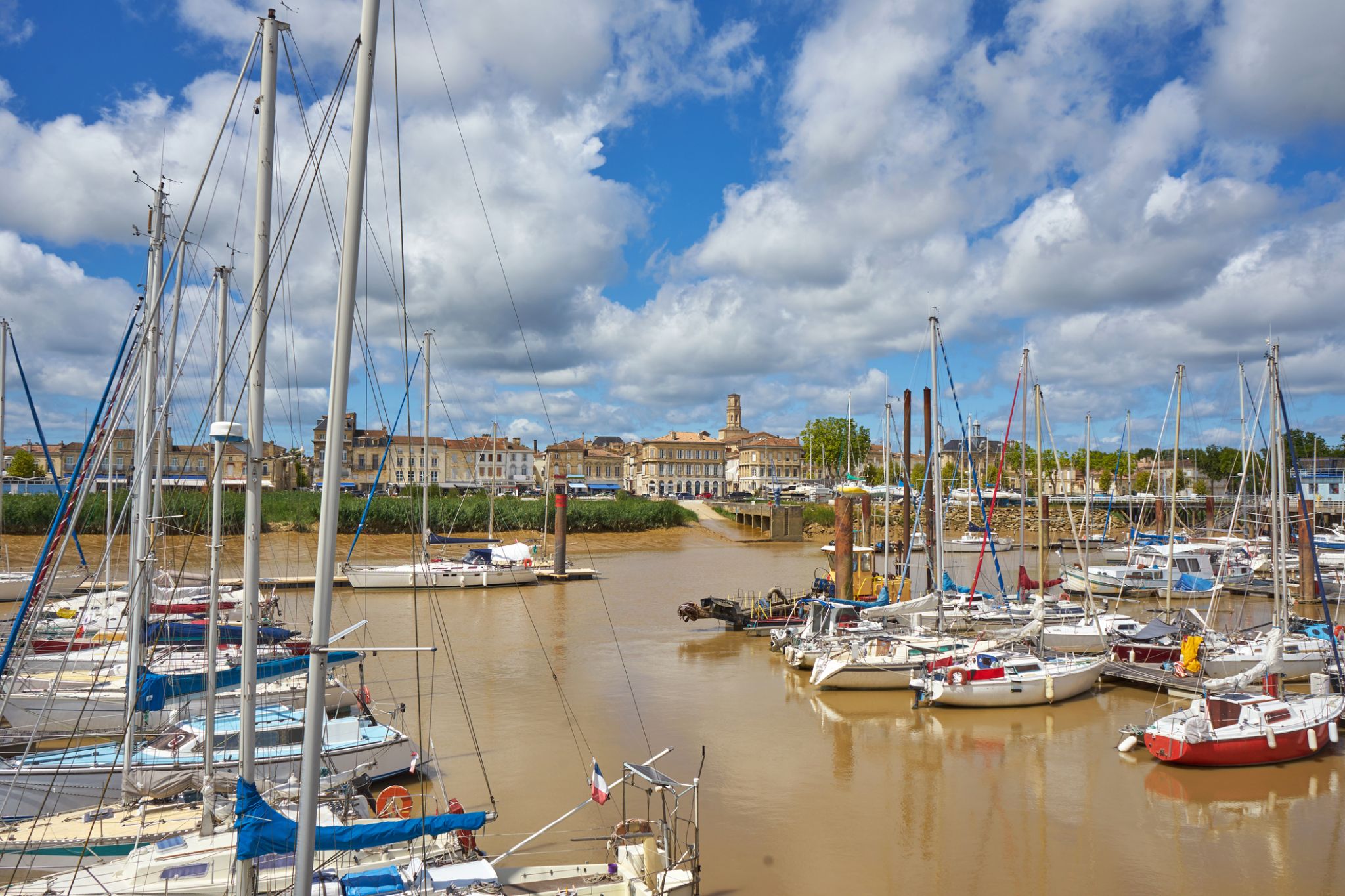 Dzień 17: 09:00
Dzień 17: 09:00Pauillac / Francja
-
 Dzień 18: 18:00
Dzień 18: 18:00Pauillac / Francja
-
 Dzień 19:
Dzień 19:Dzień na morzu / Morze
-
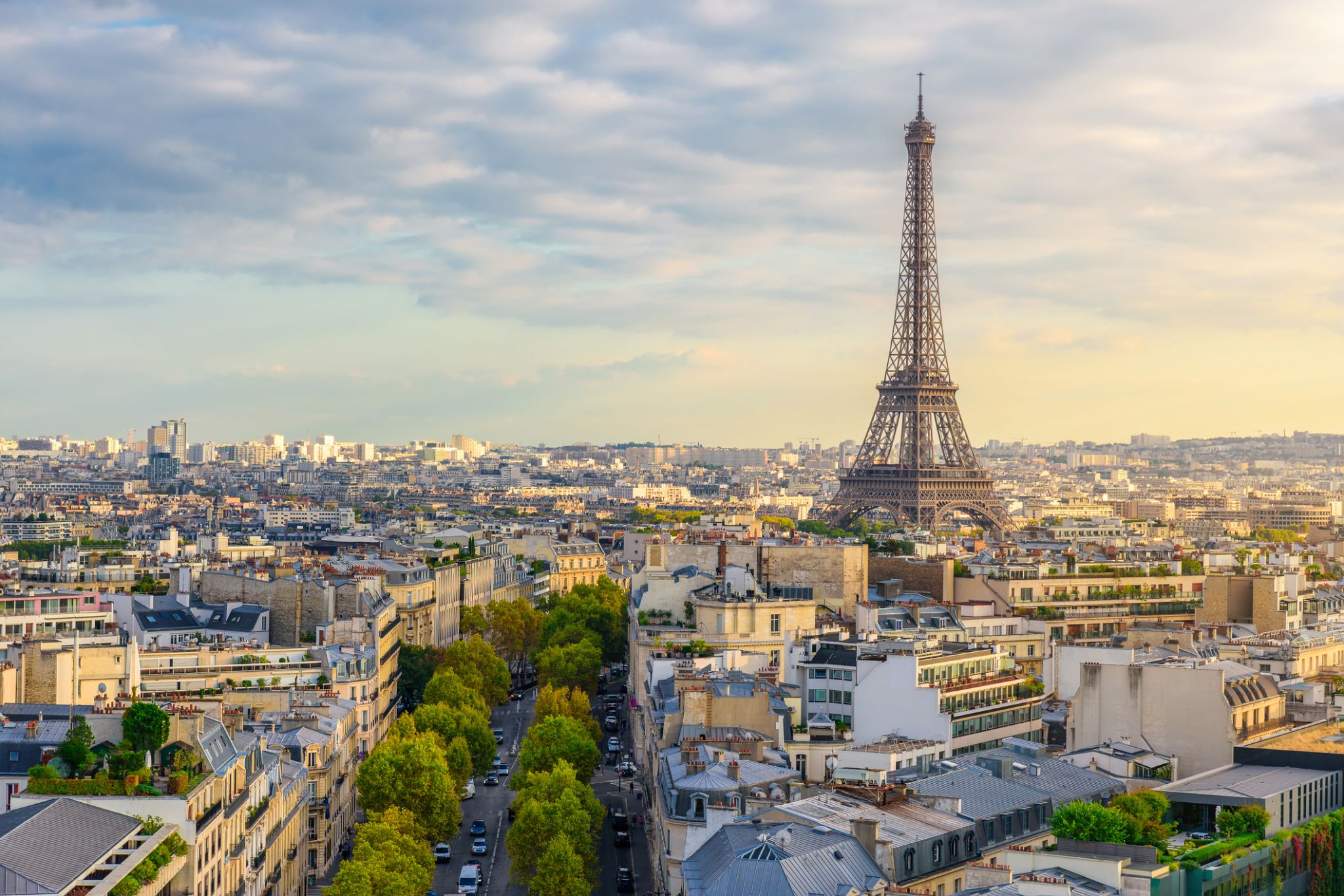 Dzień 20: 08:00-19:00
Dzień 20: 08:00-19:00Paryż / Francja
the capital of France, on the Seine River; population 2,203,817 (2006). Paris was held by the Romans, who called it Lutetia, and by the Franks, and was established as the capital in 987 under Hugh Capet. It was organized into three parts—the Île de la Cité (an island in the Seine), the Right Bank, and the Left Bank—during the reign of Philippe-Auguste 1180–1223. The city's neoclassical architecture dates from the modernization of the Napoleonic era, which continued under Napoleon III, when the bridges and boulevards of the modern city were built.
-
 Dzień 21: 10:00-19:00
Dzień 21: 10:00-19:00Dunkirk / Francja
-
 Dzień 22: 07:00-16:00
Dzień 22: 07:00-16:00Używany
-
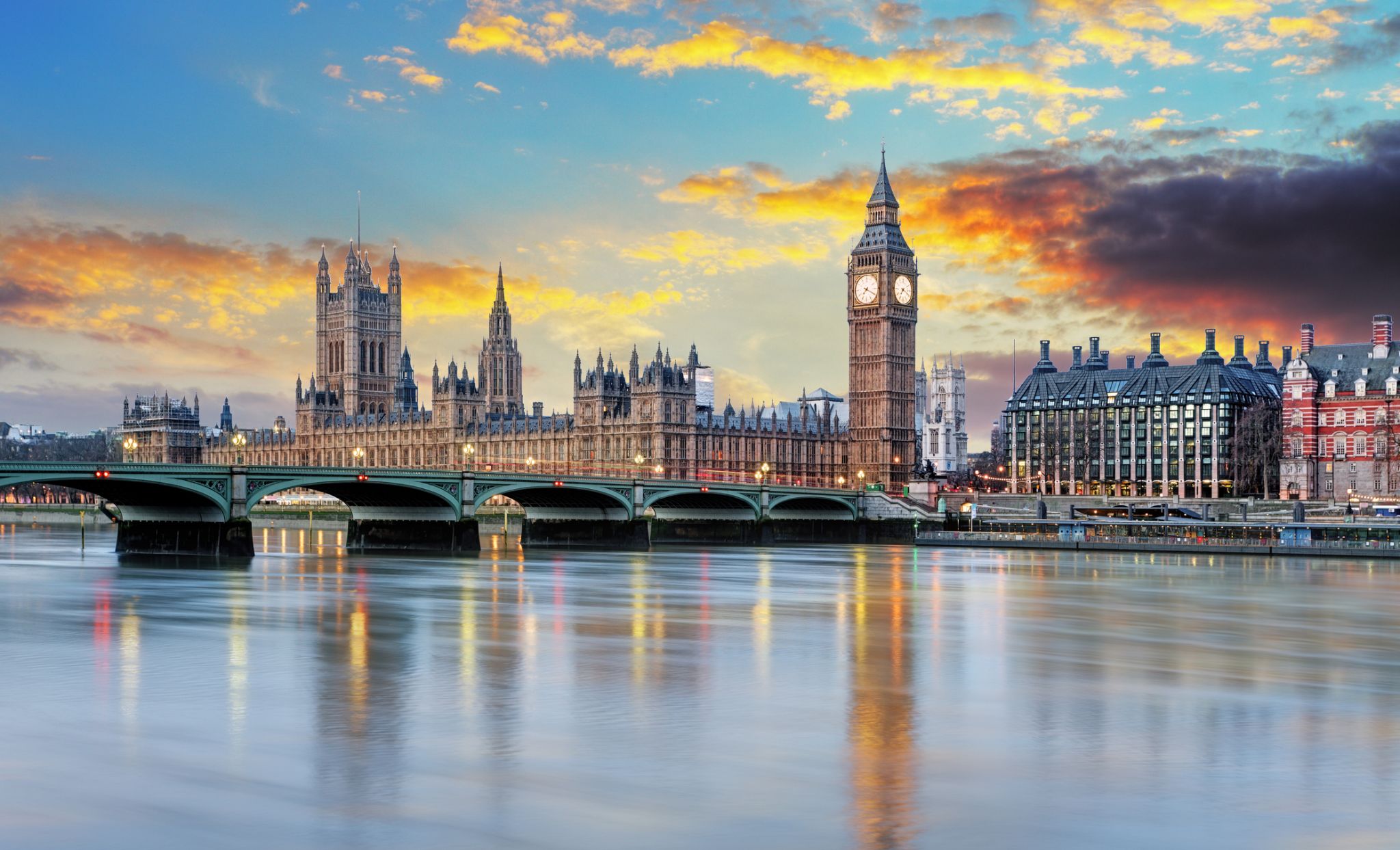 Dzień 23: 06:00-17:00
Dzień 23: 06:00-17:00Londyn / Wielka Brytania
-
 Dzień 24:
Dzień 24:Dzień na morzu / Morze
-
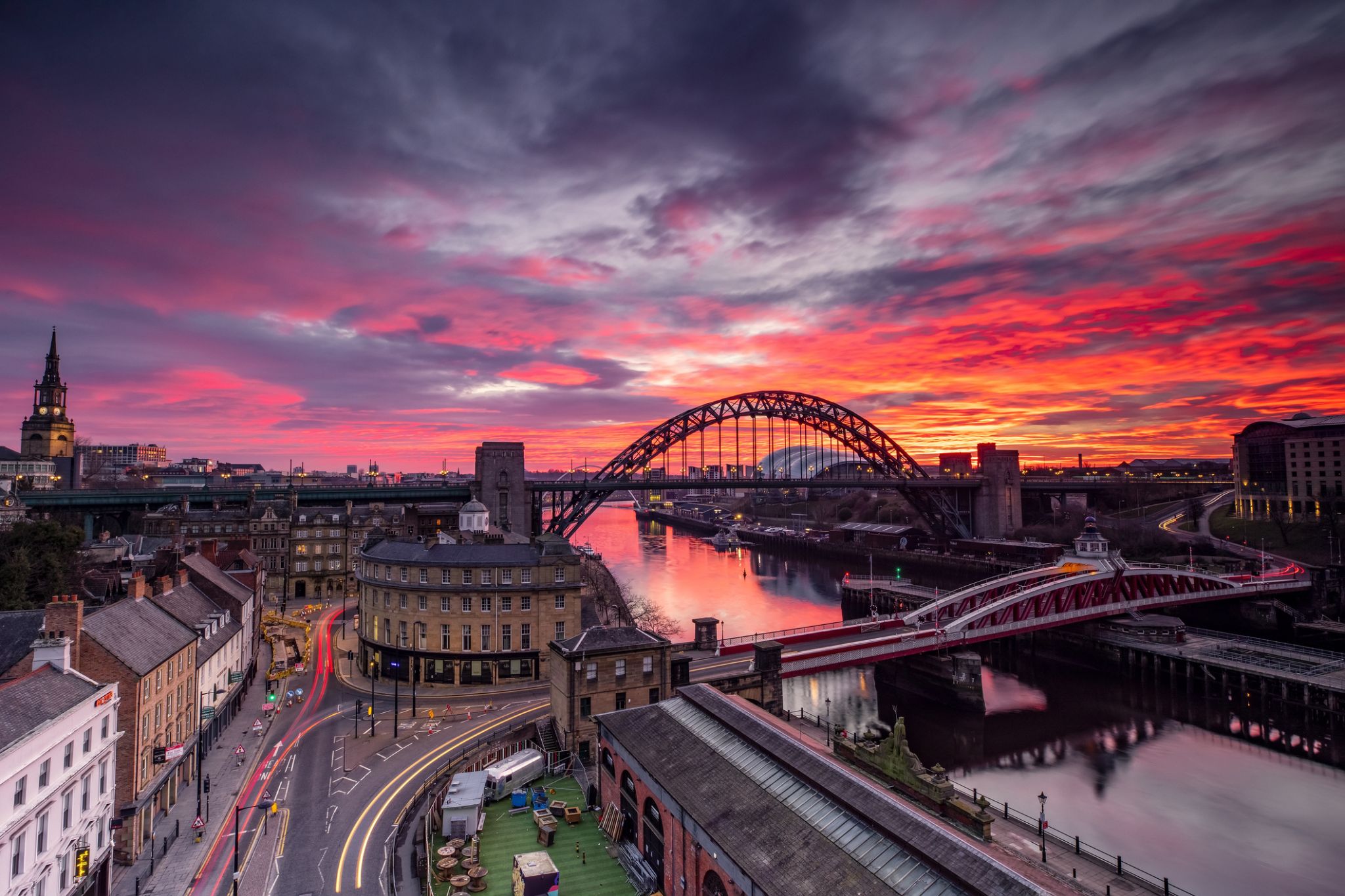 Dzień 25: 07:00-16:00
Dzień 25: 07:00-16:00Newcastle / Wielka Brytania
-
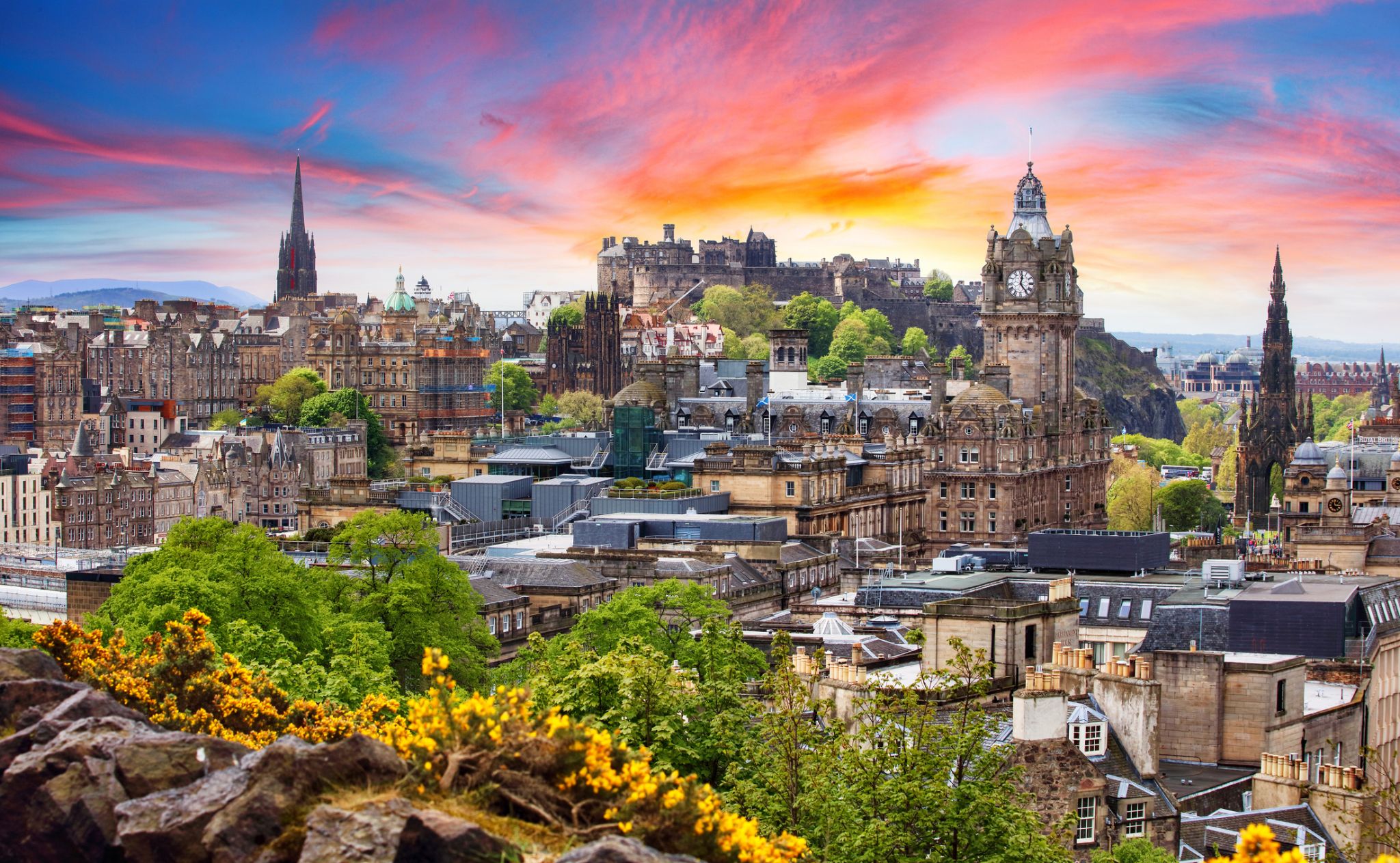 Dzień 26: 07:15-16:00
Dzień 26: 07:15-16:00Edynburg / Wielka Brytania
-
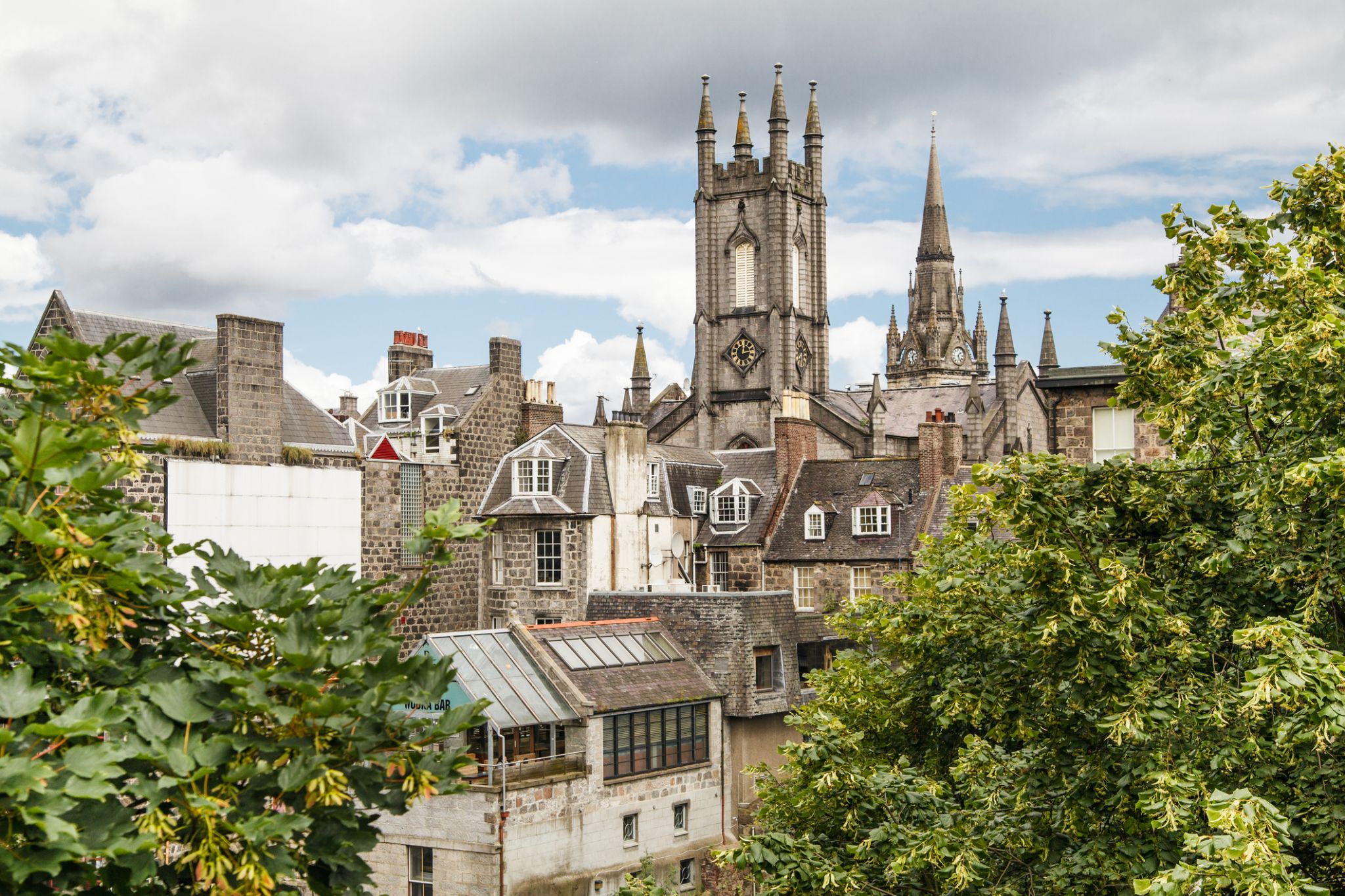 Dzień 27: 07:00-18:00
Dzień 27: 07:00-18:00Aberdeen / Wielka Brytania
-
 Dzień 28: 07:00-17:30
Dzień 28: 07:00-17:30Lerwick / Wielka Brytania
-
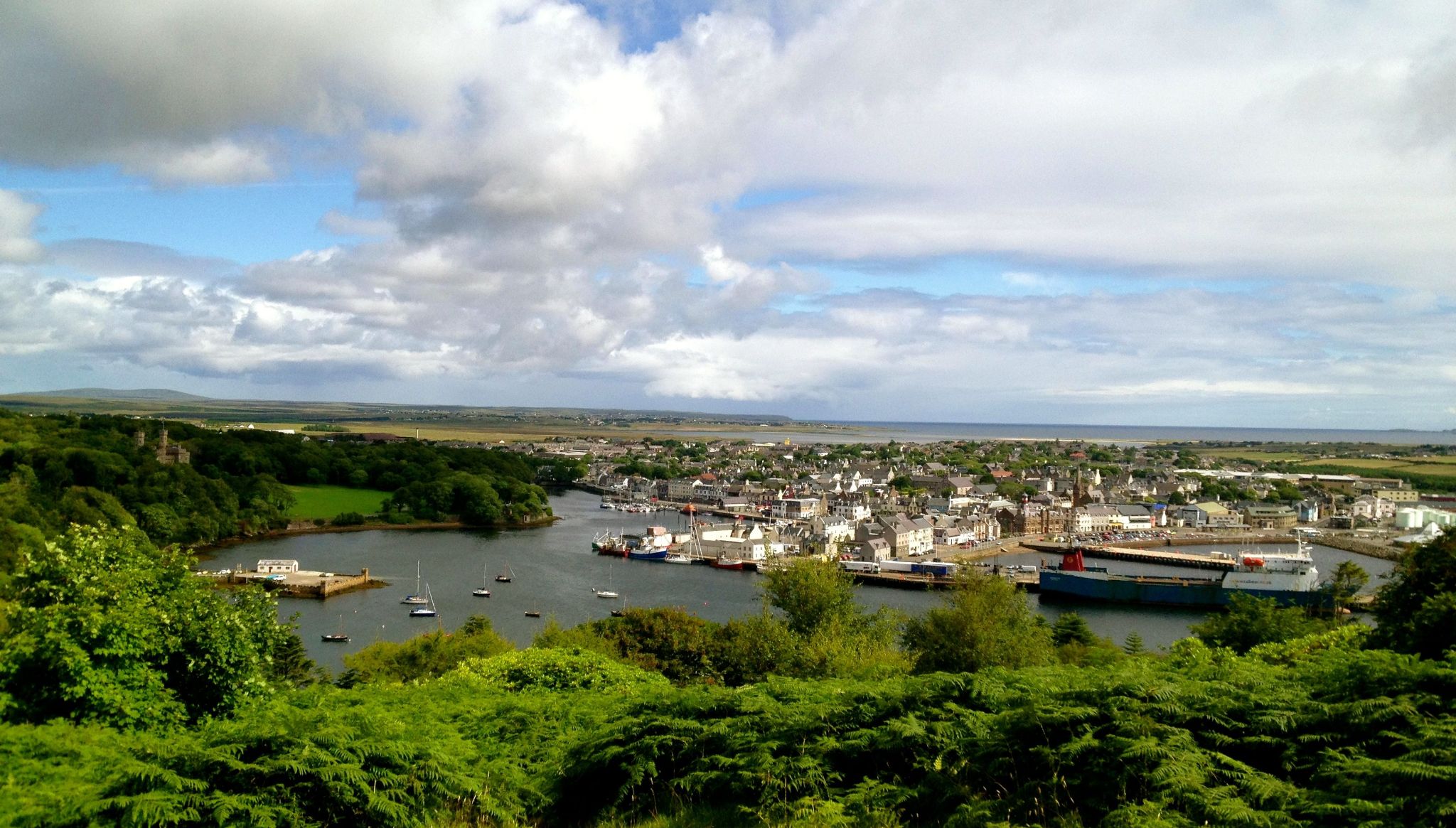 Dzień 29: 09:00-18:00
Dzień 29: 09:00-18:00Stornoway / Wielka Brytania
Stornoway to główne miasto i port wyspy Lewis, wchodzącej w skład Zewnętrznych Hebrydów w Szkocji, będące ważnym centrum kulturowym i gospodarczym regionu. Miasto, liczące około 5 tysięcy mieszkańców, zachowuje urok tradycyjnego życia gaelickiego, łącząc go z nowoczesnymi udogodnieniami. Stornoway słynie z portu rybackiego, który jest jednym z największych w Szkocji, a także z produkcji tweedu Harris — unikalnej tkaniny, wytwarzanej ręcznie przez lokalnych rzemieślników.
Turyści przyjeżdżają do Stornoway, aby cieszyć się spokojną atmosferą, malowniczymi widokami na Ocean Atlantycki i zwiedzać zabytki historyczne, takie jak zamek Lews — wiktoriańską budowlę otoczoną pięknym parkiem. Miasto stanowi także doskonałą bazę wypadową do odkrywania naturalnych piękności wyspy, w tym kamiennych kręgów Calanais, starożytnych monumentów i piaszczystych plaż. Stornoway to idealne miejsce dla tych, którzy szukają spokojnego wypoczynku, interesują się historią celtycką i chcą poczuć autentyczne życie szkockiej prowincji.
-
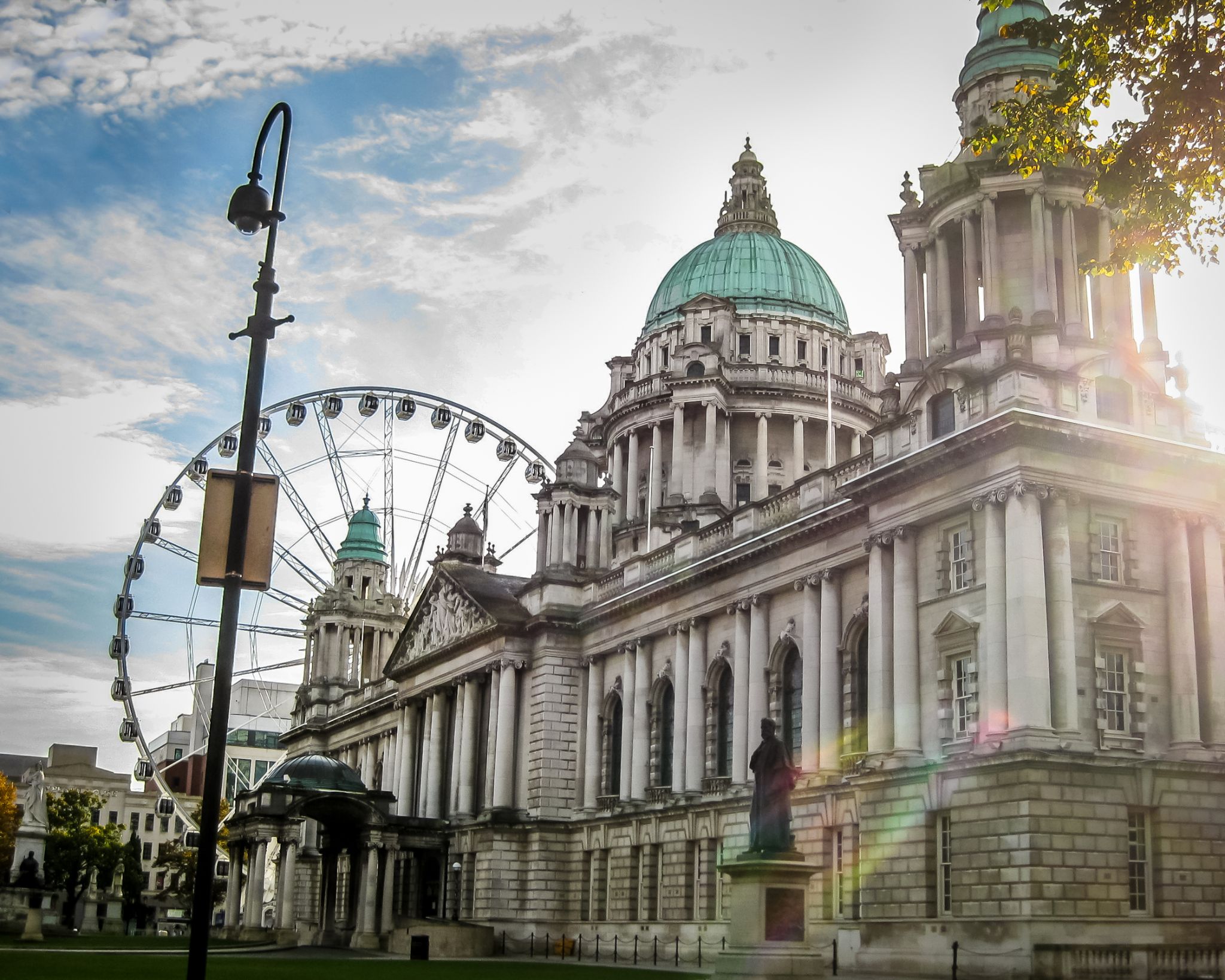 Dzień 30: 11:30-21:00
Dzień 30: 11:30-21:00Belfast / Wielka Brytania
Belfast is a port city in the United Kingdom and the capital city of Northern Ireland, on the banks of the River Lagan on the east coast of Ireland. It is the largest city in Northern Ireland and second largest on the island of Ireland. It had a population of 333,871 in 2015.
By the early 1800s Belfast was a major port. It played a key role in the Industrial Revolution, becoming the biggest linen producer in the world, earning it the nickname "Linenopolis". By the time it was granted city status in 1888, it was a major centre of Irish linen production, tobacco-processing and rope-making. Shipbuilding was also a key industry; the Harland and Wolff shipyard, where the RMS Titanic was built, was the world's biggest shipyard. It also has a major aerospace and missiles industry. Industrialisation and the inward migration it brought made Belfast Ireland's biggest city and it became the capital of Northern Ireland following the Partition of Ireland in 1922. Its status as a global industrial centre ended in the decades after the Second World War.
Belfast suffered greatly in the Troubles, and in the 1970s and 1980s was one of the world's most dangerous cities. However, the city is now considered to be one of the safest within the United Kingdom. Throughout the 21st century, the city has seen a sustained period of calm, free from the intense political violence of former years and has benefitted from substantial economic and commercial growth. Belfast remains a centre for industry, as well as the arts, higher education, business, and law, and is the economic engine of Northern Ireland. Belfast is still a major port, with commercial and industrial docks dominating the Belfast Lough shoreline, including the Harland and Wolff shipyard. It is served by two airports: George Best Belfast City Airport, and Belfast International Airport 15 miles (24 km) west of the city. It is listed by the Globalization and World Cities Research Network (GaWC) as a Gamma global city.
-
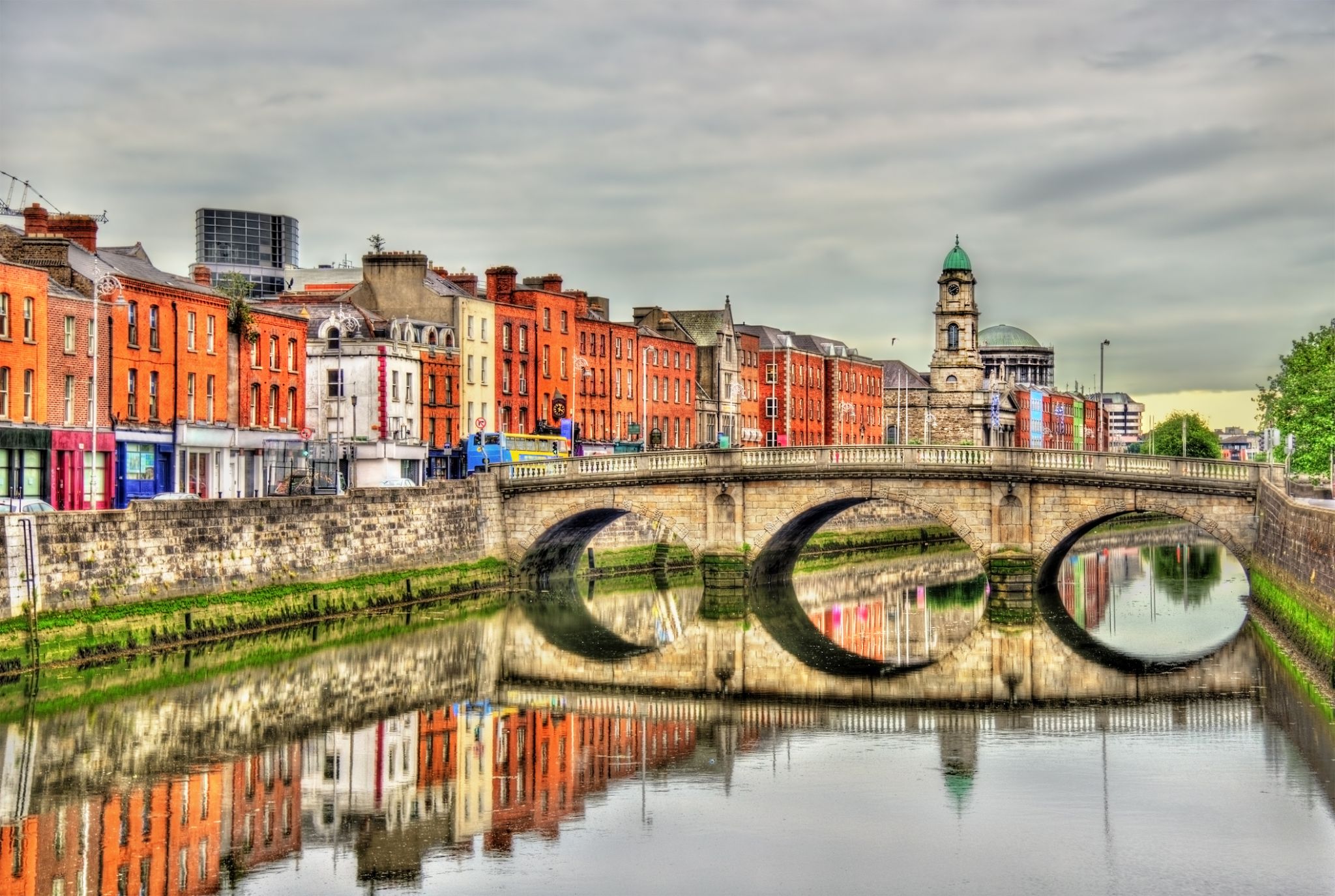 Dzień 31: 07:00-17:00
Dzień 31: 07:00-17:00Dublin / Irlandia
Dublin is the capital of, and largest city in, Ireland. It is on the east coast of Ireland, in the province of Leinster, at the mouth of the River Liffey, and is bordered on the south by the Wicklow mountains. It has an urban area population of 1,173,179, while the population of the Dublin Region (formerly County Dublin), as of 2016, was 1,347,359, and the population of the Greater Dublin area was 1,904,806.
There is archaeological debate regarding precisely where Dublin was established by Celtic-speaking people in the 7th century AD. Later expanded as a Viking settlement, the Kingdom of Dublin, the city became Ireland's principal settlement following the Norman invasion. The city expanded rapidly from the 17th century and was briefly the second largest city in the British Empire before the Acts of Union in 1800. Following the partition of Ireland in 1922, Dublin became the capital of the Irish Free State, later renamed Ireland.
Dublin is a historical and contemporary centre for education, the arts, administration and industry. As of 2018 the city was listed by the Globalization and World Cities Research Network (GaWC) as a global city, with a ranking of "Alpha -", which places it amongst the top thirty cities in the world.
-
 Dzień 32: 08:00-17:00
Dzień 32: 08:00-17:00Zatoka (Cork) / Irlandia
Cork is a city in south-west Ireland, in the province of Munster, which had a population of 125,657 in 2016.
The city is on the River Lee which splits into two channels at the western end and divides the city centre into islands. They reconverge at the eastern end where the quays and docks along the river banks lead outwards towards Lough Mahon and Cork Harbour, one of the largest natural harbours in the world.
Expanded by Viking invaders around 915, the city's charter was granted by Prince John, as Lord of Ireland, in 1185. Cork city was once fully walled, and the remnants of the old medieval town centre can be found around South and North Main streets.
The third largest city on the island of Ireland, the city's cognomen of "the rebel city" originates in its support for the Yorkist cause in the Wars of the Roses. Corkonians often refer to the city as "the real capital", a reference to its opposition to the Anglo-Irish Treaty in the Irish Civil War.
-
 Dzień 33:
Dzień 33:Dzień na morzu / Morze
-
 Dzień 34: 06:00-17:00
Dzień 34: 06:00-17:00Londyn / Wielka Brytania

